Sunshine, gentle breezes, and the boundless energy of curious children turn any EYFS outdoor area into a living classroom that sparks learning far beyond four walls. When thoughtfully planned, these spaces nurture physical coordination, language growth, early maths, creativity, and social-emotional skills all at once — without a worksheet in sight. Drawing from forest-school principles, child-led play theory, and countless hours observing little explorers in action, I’ve gathered 25 practical ideas that lift an ordinary courtyard or patch of grass into an irresistible invitation to play. Ready to watch confidence blossom with every stomp, scoop, splash, and giggle? Let’s step outside.
1. Sensory Path Adventure Trail
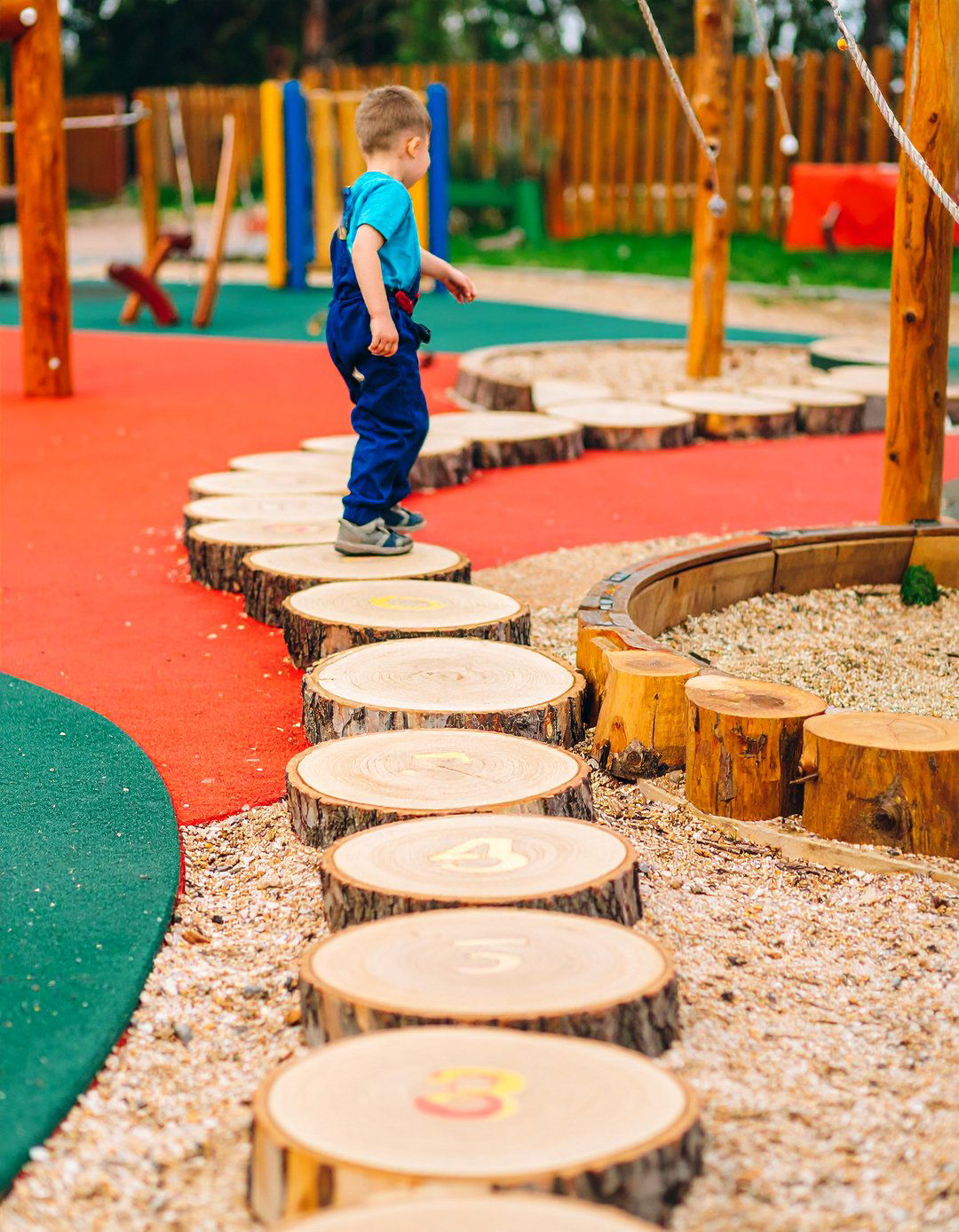
A winding sensory path instantly turns an EYFS outdoor area into a tactile voyage of discovery. Begin with stepping stones, then alternate sections of smooth pebbles, bark, sand, and rubber mats so feet experience contrasting textures. Add gentle slopes or balance beams to encourage core strength and spatial awareness. Paint simple numerals or letters on segments, prompting children to count jumps or trace alphabet shapes with chalk. Finish the circuit at a “calm-down cushion” stop for mindful breathing. This easy-to-swap pathway keeps costs low and supports gross motor development while embedding early maths and phonics playfully into every stride.
2. Mini Mud Kitchen for Role Play
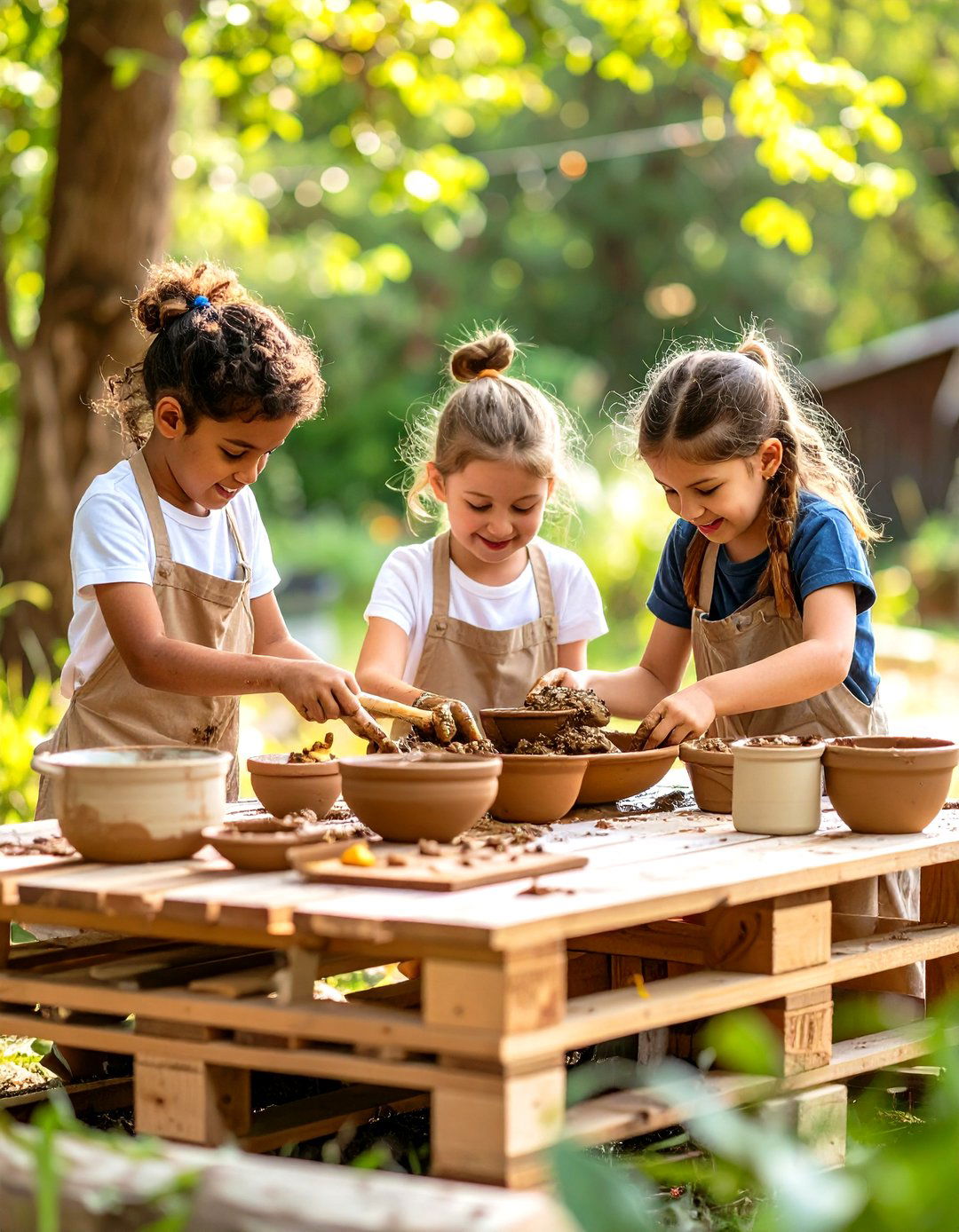
The aroma of damp soil and the squish of “mud pie” batter engage all senses in a mini mud kitchen stationed within your outdoor area. Repurpose old pallets for the counter, attach real-world utensils, and label recycled jars with words like flour, sugar, or herbs to spark emergent literacy. Provide measuring cups and scales so budding chefs explore capacity, weight, and mixtures. A water butt nearby lets them modulate consistency, fostering scientific thinking about liquids versus solids. Best of all, mud play encourages collaboration and rich language as children negotiate recipes, share equipment, and proudly serve their earthy creations to peers.
3. Vertical Garden Grow Wall

Consider transforming a bare fence into a living vertical garden along one side of the EYFS outdoor area. Pocket planters or recycled guttering can hold strawberries, salad leaves, or hardy herbs that are easy for small hands to water. Mount clear, pictorial labels at eye level showing plant names and life-cycle stages, embedding vocabulary effortlessly. As shoots sprout, children measure growth with string, track changes on simple charts, and taste harvests during snack time — linking observation with healthy eating. Bonus: greenery softens noise, adds shade, and invites pollinators such as butterflies that broaden the seasonal learning palette.
4. Loose-Parts Construction Zone
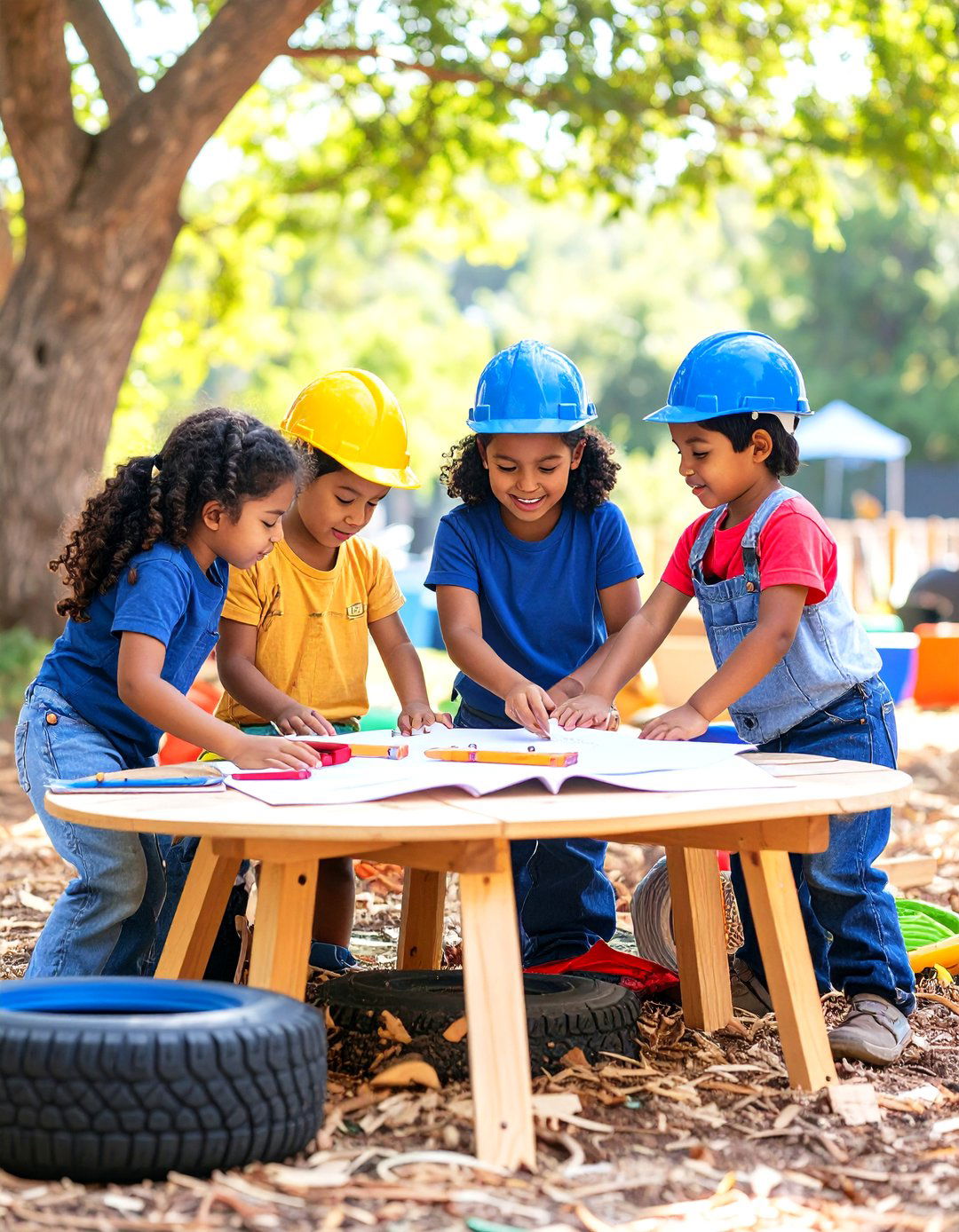
A stash of planks, crates, tyres, fabric off-cuts, and cable reels instantly converts the outdoor area into an open-ended construction site. Unlike fixed equipment, loose parts empower EYFS learners to design castles one day and pirate ships the next. Provide clipboards and chunky pencils so teams sketch blueprints, building early mark-making into purposeful action. Encourage risk assessment by modeling safe lifting and stable stacking, fostering critical thinking. Rotate materials to maintain novelty, and include walkie-talkies or builder hats for role play that boosts social negotiation and imaginative storytelling.
5. Water Wall Engineering Station
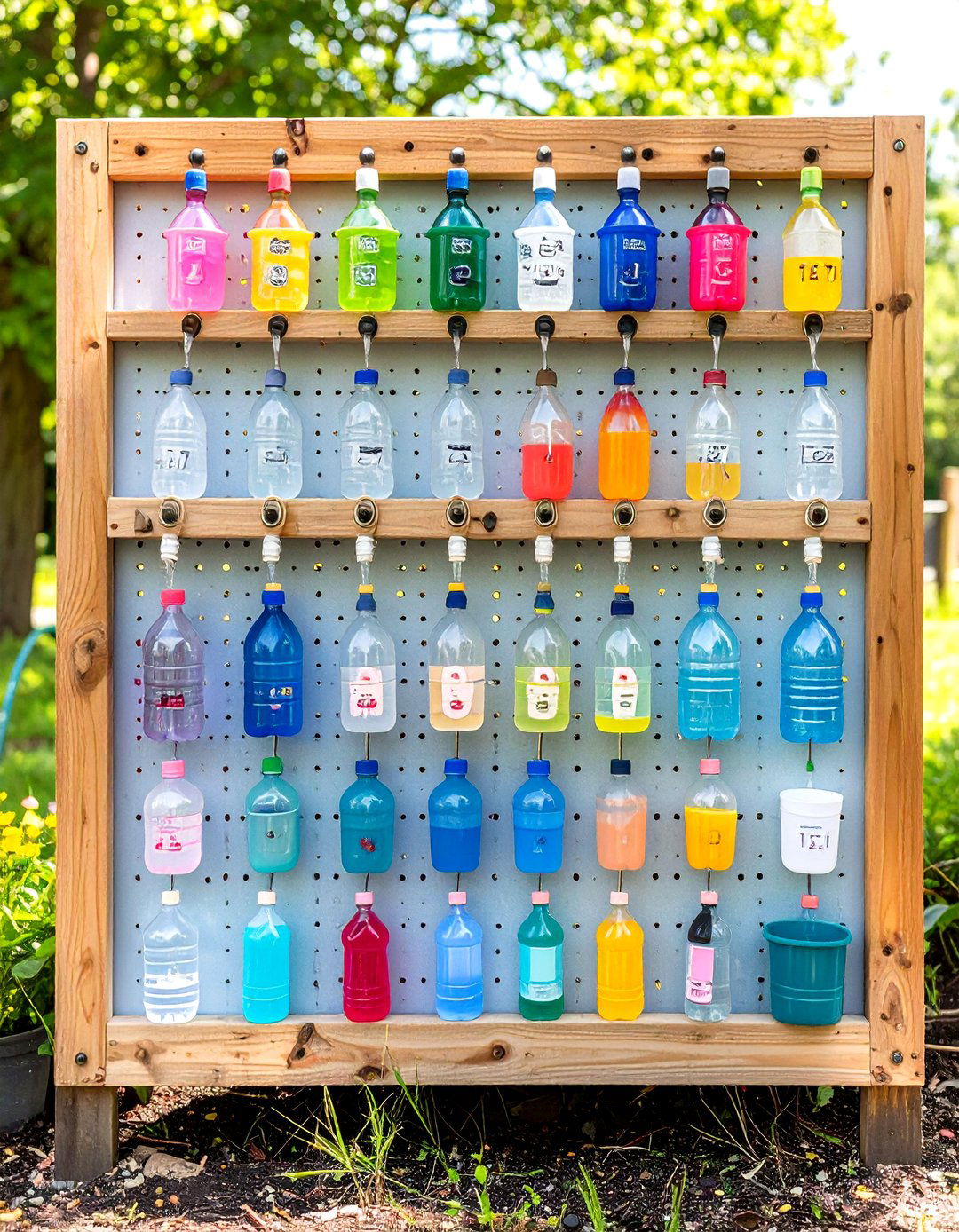
With recycled plastic bottles, lengths of hose, and funnels, create a water wall that turns your EYFS outdoor area into a hands-on engineering lab. Attach components to mesh panels so children rearrange routes, predicting where streams will flow. Number buckets underneath each exit point to weave in counting practice, and add food coloring for mixing explorations. The constant filling, pouring, and problem-solving strengthen fine motor skills and introduce gravity, slope, and volume concepts long before formal science lessons. Keep towels handy — and celebrate every joyful splash as data-driven play in action.
6. Storytelling Circle with Natural Props
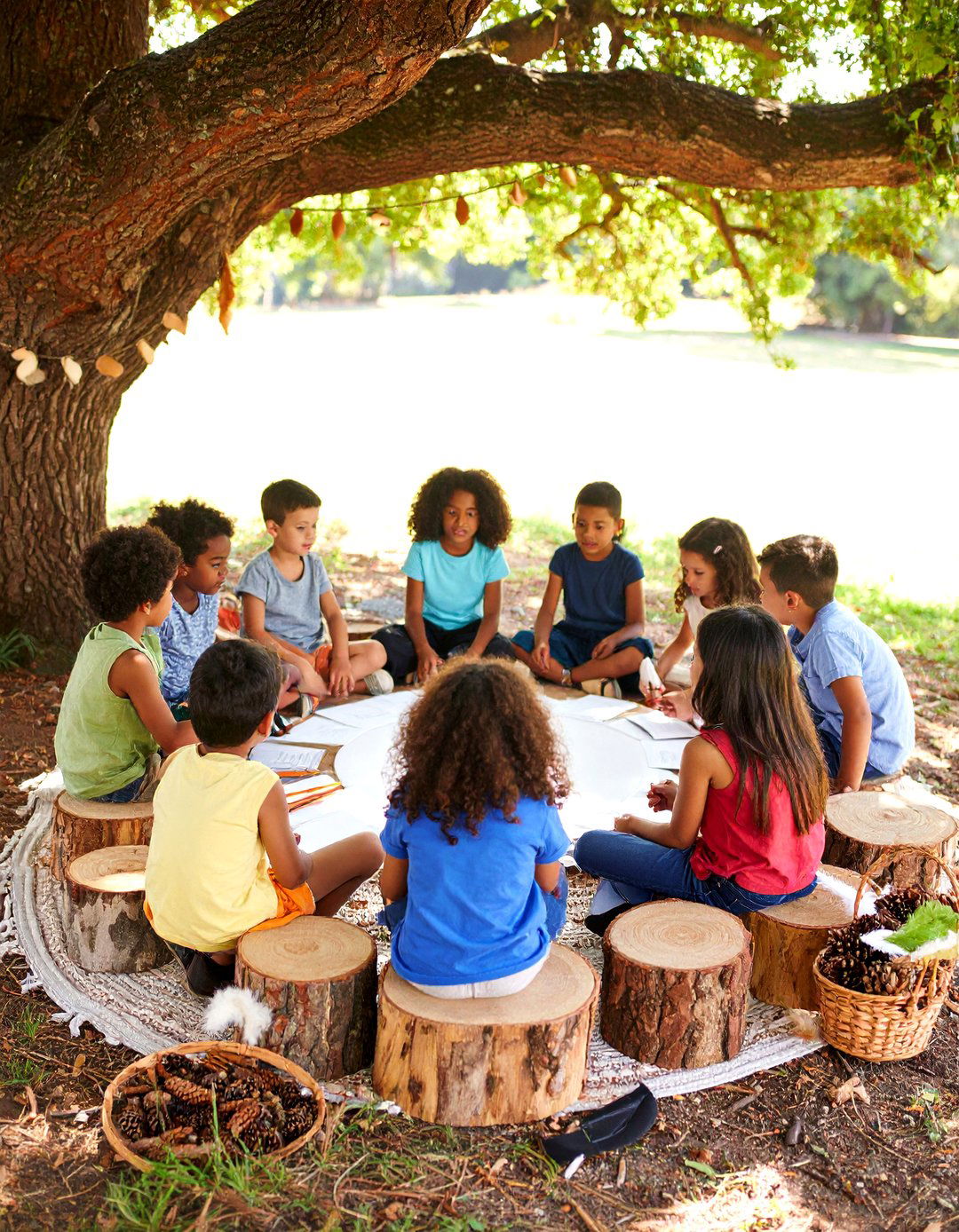
A shaded storytelling circle — logs or stumps arranged beneath a tree — anchors language development outdoors. Scatter baskets of natural loose parts such as pinecones, feathers, and smooth stones that children select as characters or artifacts in their improvised tales. Educators can launch narratives with a mystery object, then pass a “talking stick” to encourage turn-taking and confident speaking. Display laminated story sequence cards on a nearby board, letting groups order events visually. This space turns the EYFS outdoor area into an open-air theater where imagination, vocabulary, and oral sequencing bloom together.
7. Mini Beast Investigation Zone
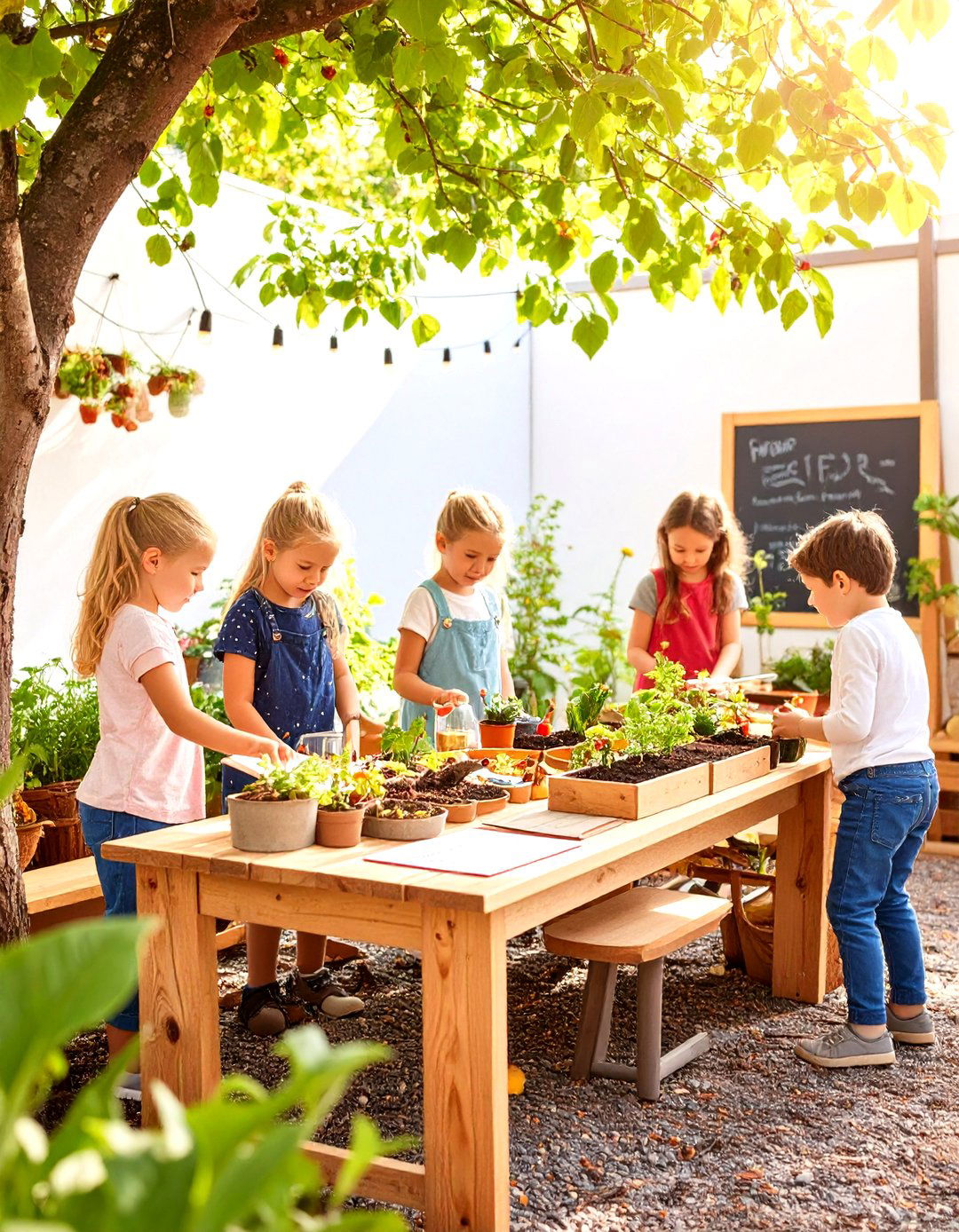
To nurture budding ecologists, dedicate a shady corner of the outdoor area to bug exploration. Flip-top log piles, a simple wormery, and magnifying pots invite children to observe habitats respectfully. Provide clipboards with picture charts for tallying types of mini beasts found, linking counting with scientific classification. A small chalkboard encourages children to record “bug hotel vacancies” or write caring rules, layering literacy with empathy for living creatures. Rotating this station seasonally teaches cycles of life and reinforces the importance of stewardship from the earliest years.
8. Wheeled Toy Roadway and Garage
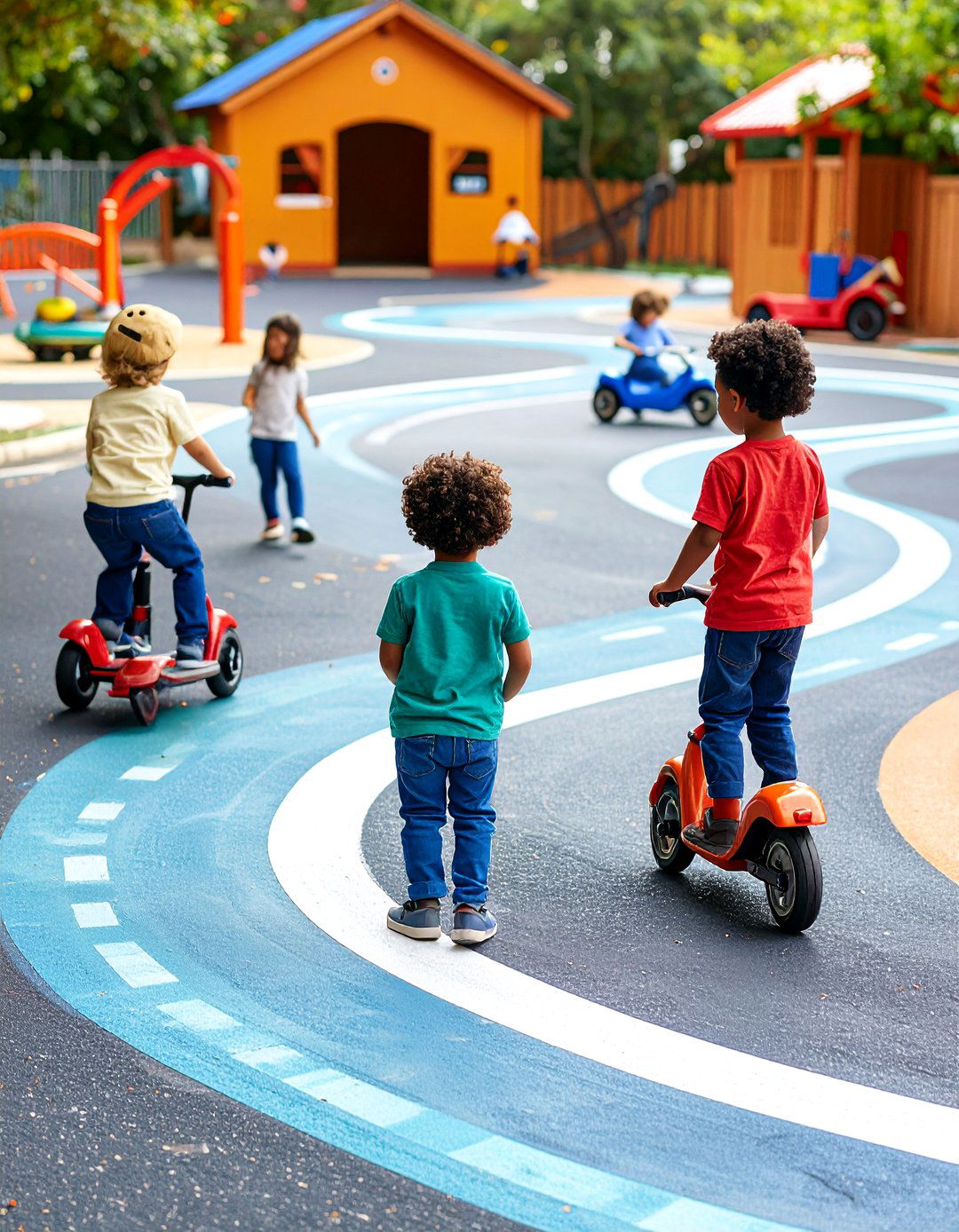
Paint winding lanes on playground asphalt or lay rubber tiles to craft a mini roadway that snakes through the outdoor area. Add zebra crossings, traffic signs, and a cardboard “MOT garage” where scooters and ride-on cars can refuel or undergo pretend repairs. Children role-play drivers, mechanics, and traffic police, enriching vocabulary and social rules. Numbers on parking bays promote numeral recognition, while timers encourage turn-taking. This active setup links physical vigor with early geography concepts about maps and routes, nurturing spatial reasoning and cooperative play.
9. Outdoor Maths Investigation Station
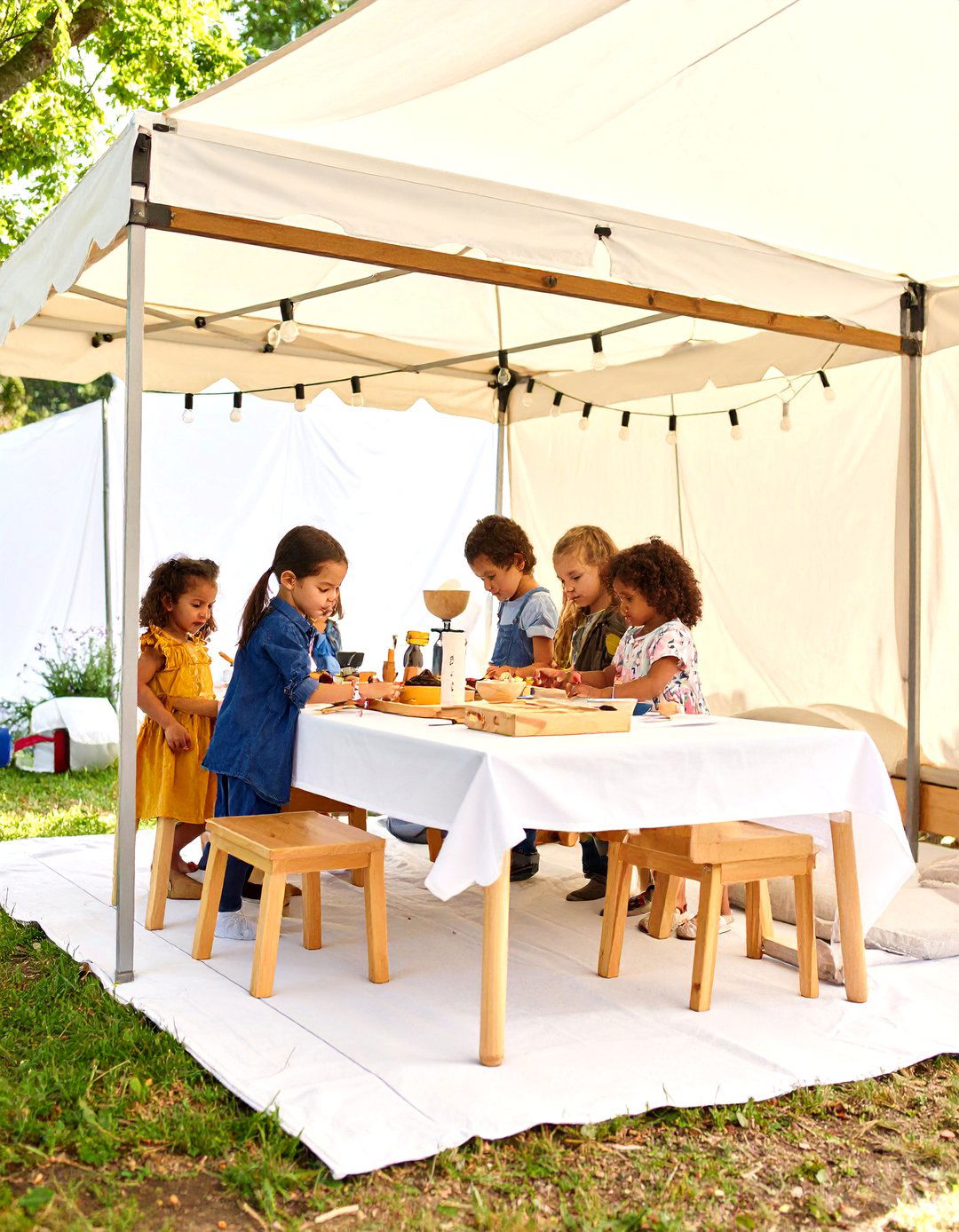
Set up a low table sheltered by a canopy where children tackle rotating practical maths provocations. One week, offer natural items — stones, shells, sticks — for sorting by size, patterning, or measuring. Next, place scales and a mix of sand-filled bags labeled with numerals, challenging children to find combinations that balance. Laminate task cards featuring simple problems and pictograms so emergent readers can participate. By embedding calculations into the outdoor area, EYFS learners see maths as an everyday adventure, boosting confidence far beyond worksheet boundaries.
10. Sound Garden for Musical Exploration
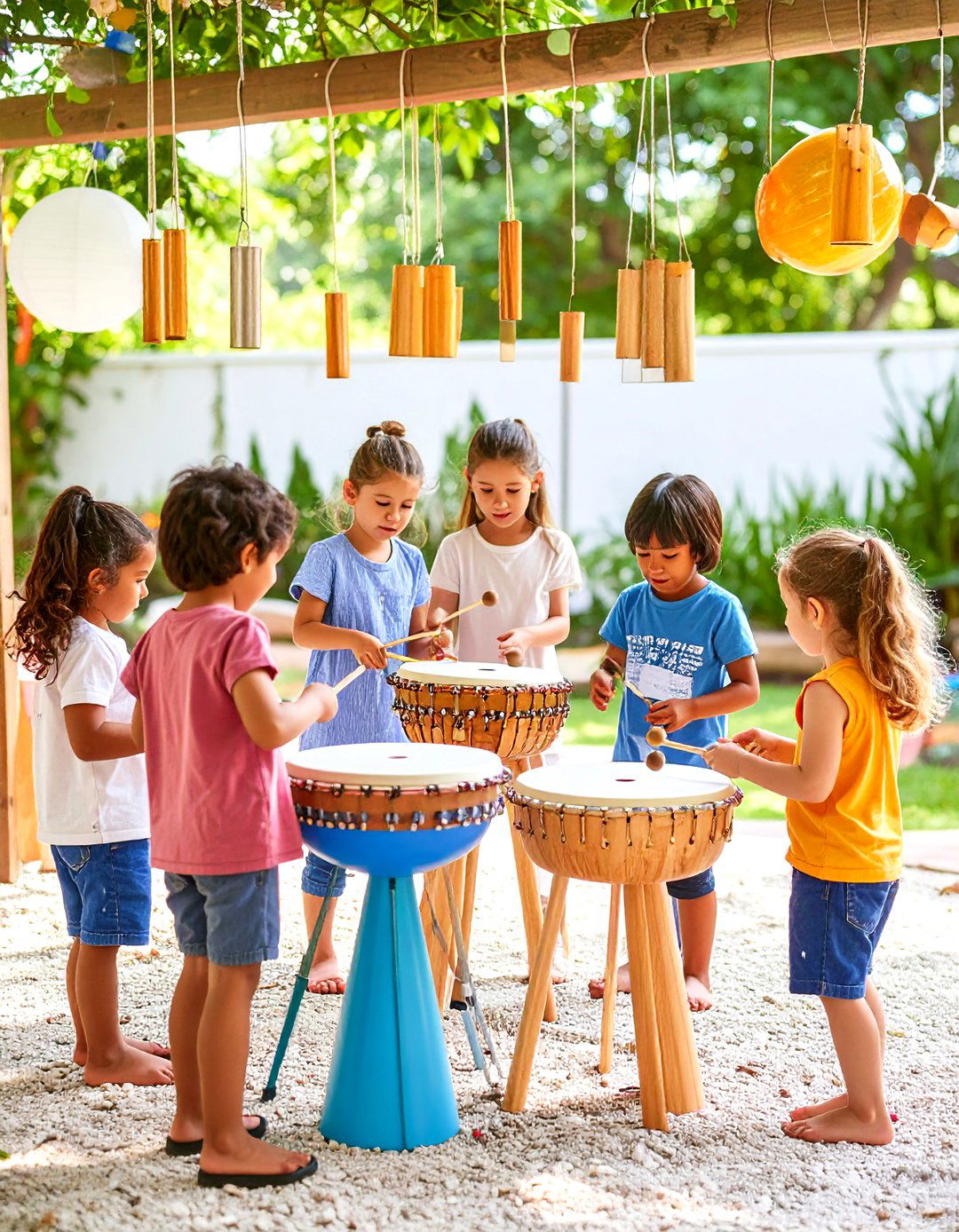
Surprisingly vibrant soundscapes emerge when a corner of your outdoor area becomes a percussion garden. Hang metal pots, bamboo chimes, and upcycled xylophones at varying heights along a sturdy frame. Provide beaters fabricated from sticks wrapped in cloth to soften impact. Add picture symbols showing loud, quiet, fast, and slow, encouraging even non-verbal children to compose patterns. Record and play back performances on a tablet to spark reflection and vocabulary about pitch or rhythm. The fusion of music, physical movement, and self-expression supports holistic development — and may unearth future drummers.
11. Reading Nook Teepee Retreat
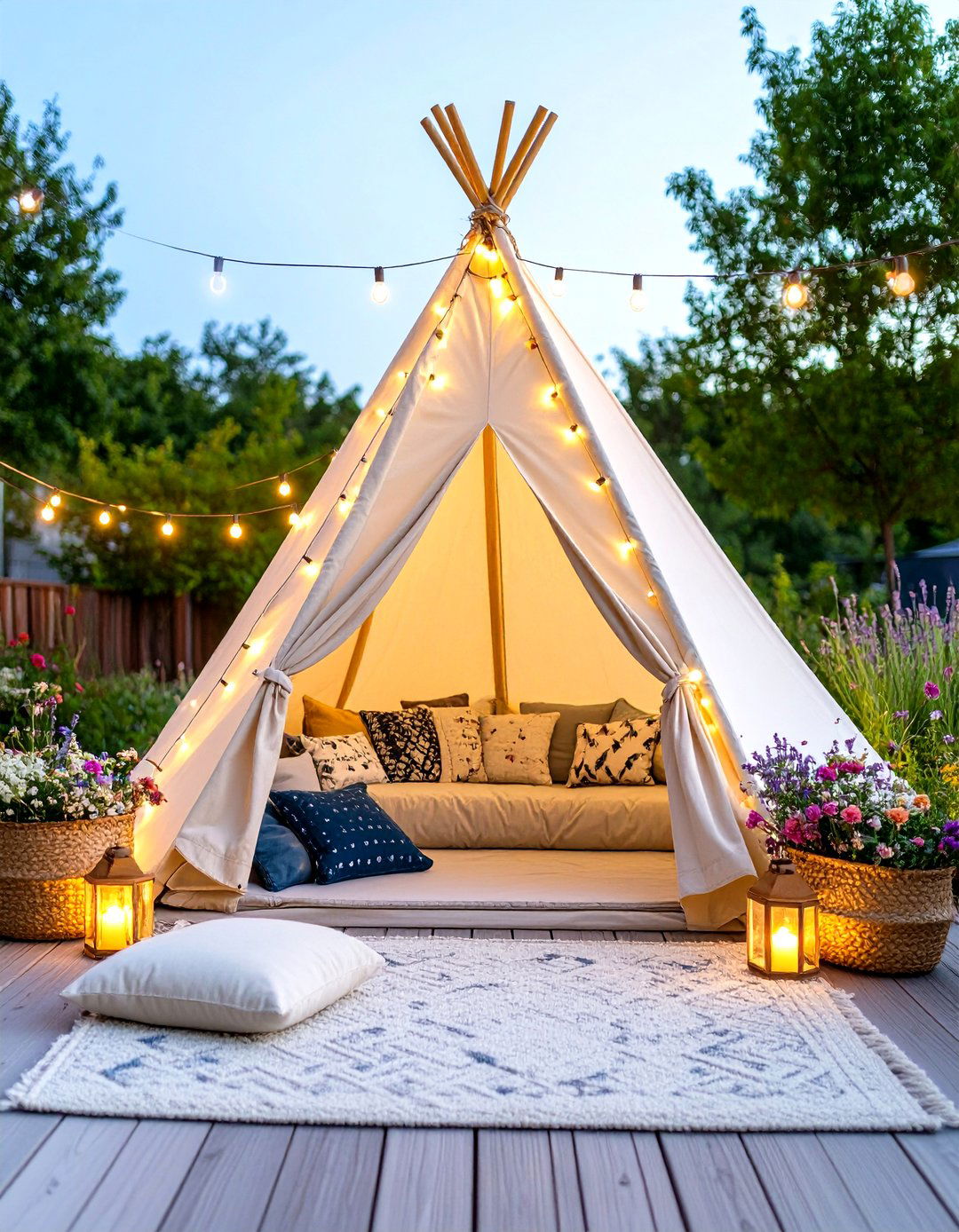
A canvas teepee or cozy pop-up tent transforms an EYFS outdoor area into a story sanctuary. Line the floor with washable cushions and weatherproof book baskets featuring tales about nature, seasons, or animals spotted nearby. Clip photos of the children enjoying the space alongside speech bubbles capturing their book talks — reinforcing print-rich surroundings. Wind fairy lights through the frame for quieter afternoons that invite reflection. When reading links directly to the outdoors, comprehension soars as children connect text with real-world sights, sounds, and sensations experienced just beyond the doorway.
12. Colour-Mixing Rain Painting Wall
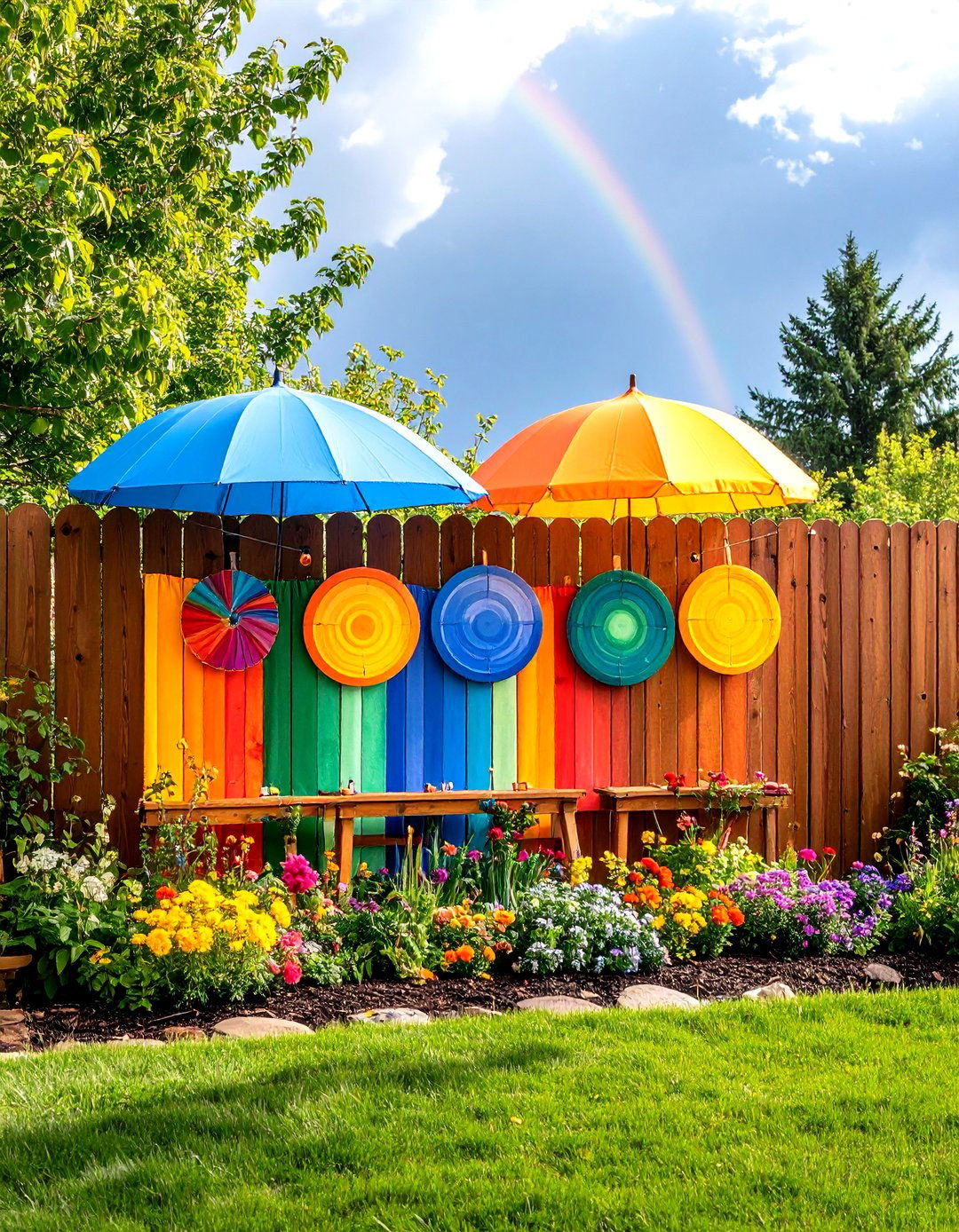
Another rainy forecast? Harness it! Attach sheets of absorbent fabric or watercolor paper to a fence and let droplets transform drizzled powder paint into swirling art. Provide pipettes and primary-colour dyes when precipitation is scarce, encouraging children to experiment with hues on sponge brushes. Display laminated colour wheels nearby, bridging art and early science. Discuss how light and water refract into rainbows, sparking curiosity about weather phenomena. By situating this creative outlet in the outdoor area, EYFS learners witness chemistry, meteorology, and artistry intertwine before their eyes.
13. Obstacle Course for Gross Motor Mastery
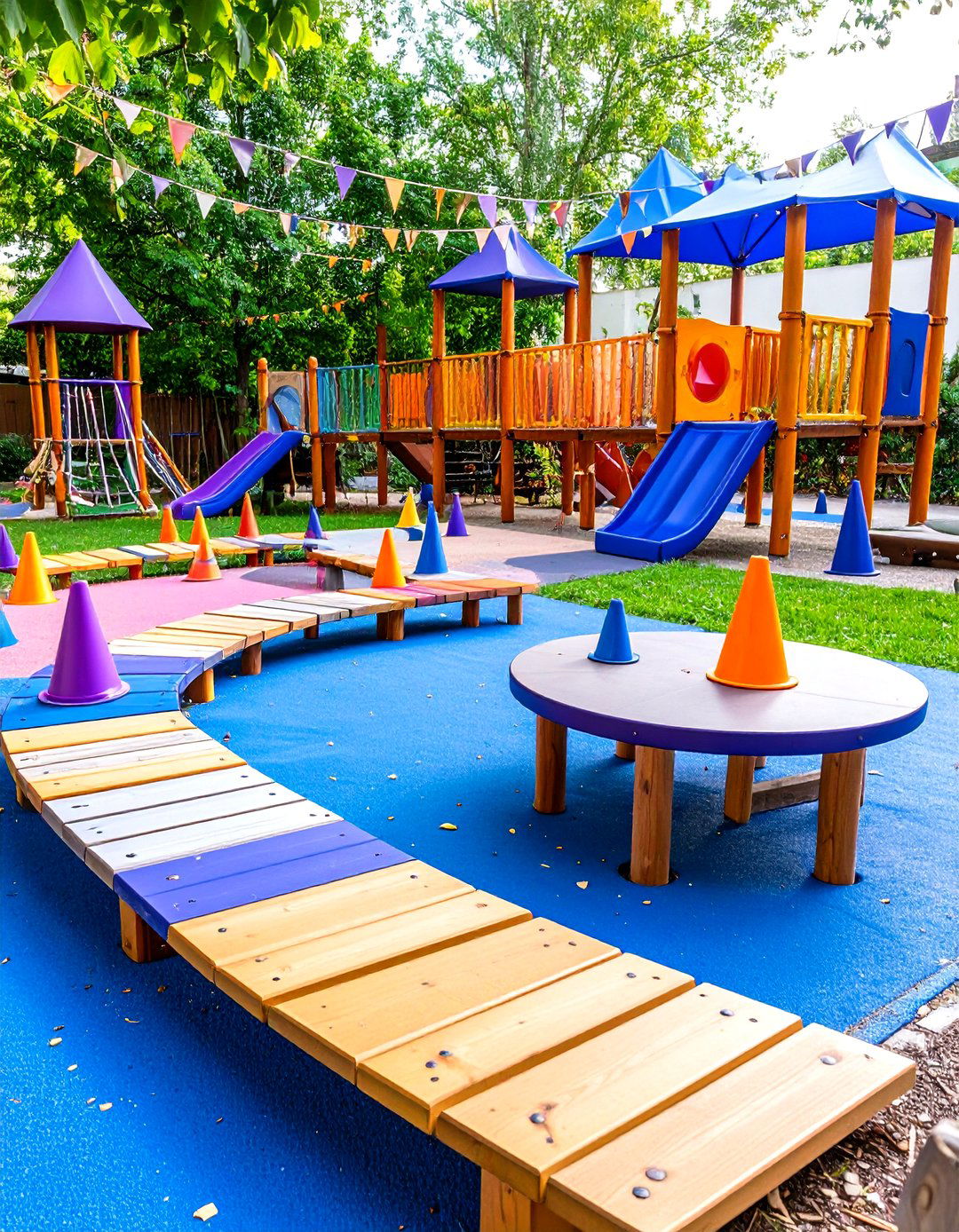
A flexible obstacle course built from cones, tunnels, balance beams, and stepping pods invites energetic bodies to navigate challenges in sequence. Change the layout weekly to target different gross motor skills — hopping, crawling, climbing — supporting vestibular and proprioceptive development. Post picture cue cards showing the order of stations, promoting early reading and independence. Invite children to time themselves with sand timers, integrating numeracy. An obstacle course within your outdoor area doubles as a natural classroom for perseverance, risk assessment, and healthy competition — skills that underpin lifelong physical literacy.
14. Community-Role Play Market Stall
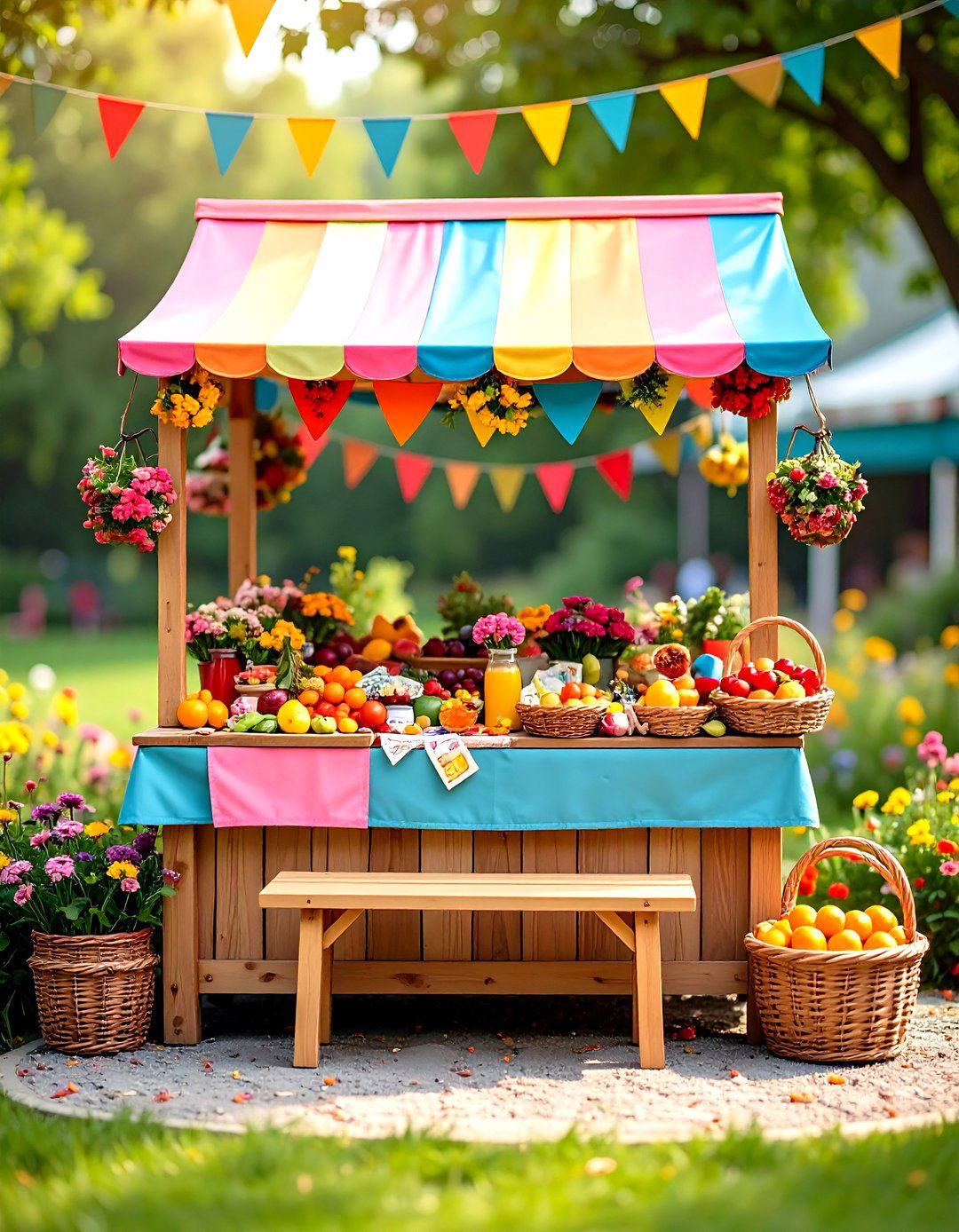
Convert an unused bench into a market stall draped with bright cloth. Stock baskets of plastic fruit, pretend money, and hand-made price tags. Children become shopkeepers, customers, and delivery drivers, practicing polite greetings, counting coins, and weighing produce. Rotate themes — florist, bakery, or post office — to mirror community roles and keep interest high. This engaging station links the EYFS outdoor area to children’s lived experiences, strengthening real-world maths and communication skills while fostering cultural understanding of local services.
15. Weather Station Observation Post
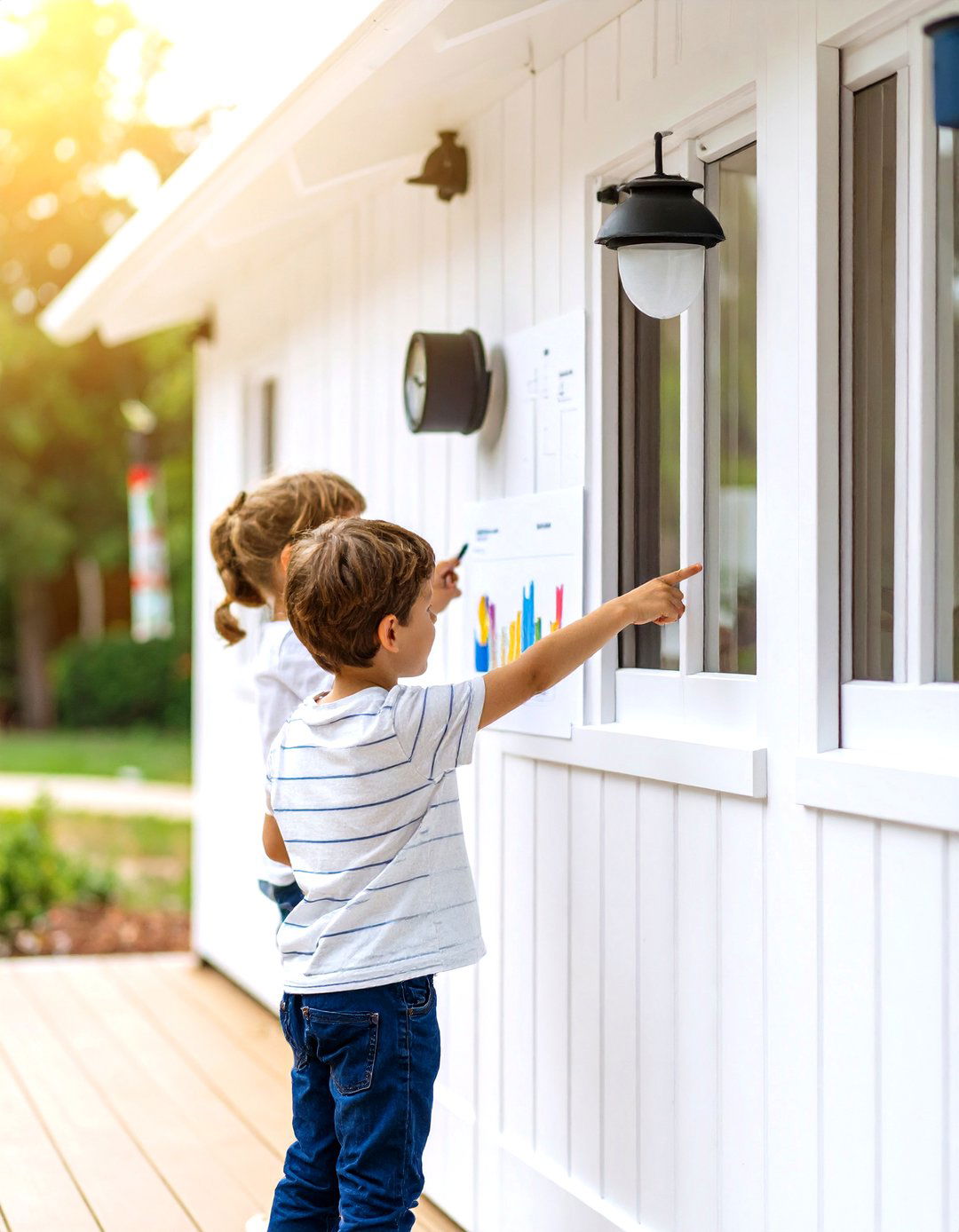
Mount a simple wind sock, rain gauge, and thermometer to create a child-friendly weather station. Add laminated daily forecast cards with symbols for sun, clouds, or showers. During morning circle, a “weather reporter” visits the station, notes findings with dry-wipe markers, and shares updates with peers. Track data on a bar chart or pictograph display, showing patterns over weeks. Embedding a weather station in the outdoor area grounds scientific recording in practical routine, nurturing curiosity about seasons, climate, and measurement tools.
16. Shadow Play Exploration Zone
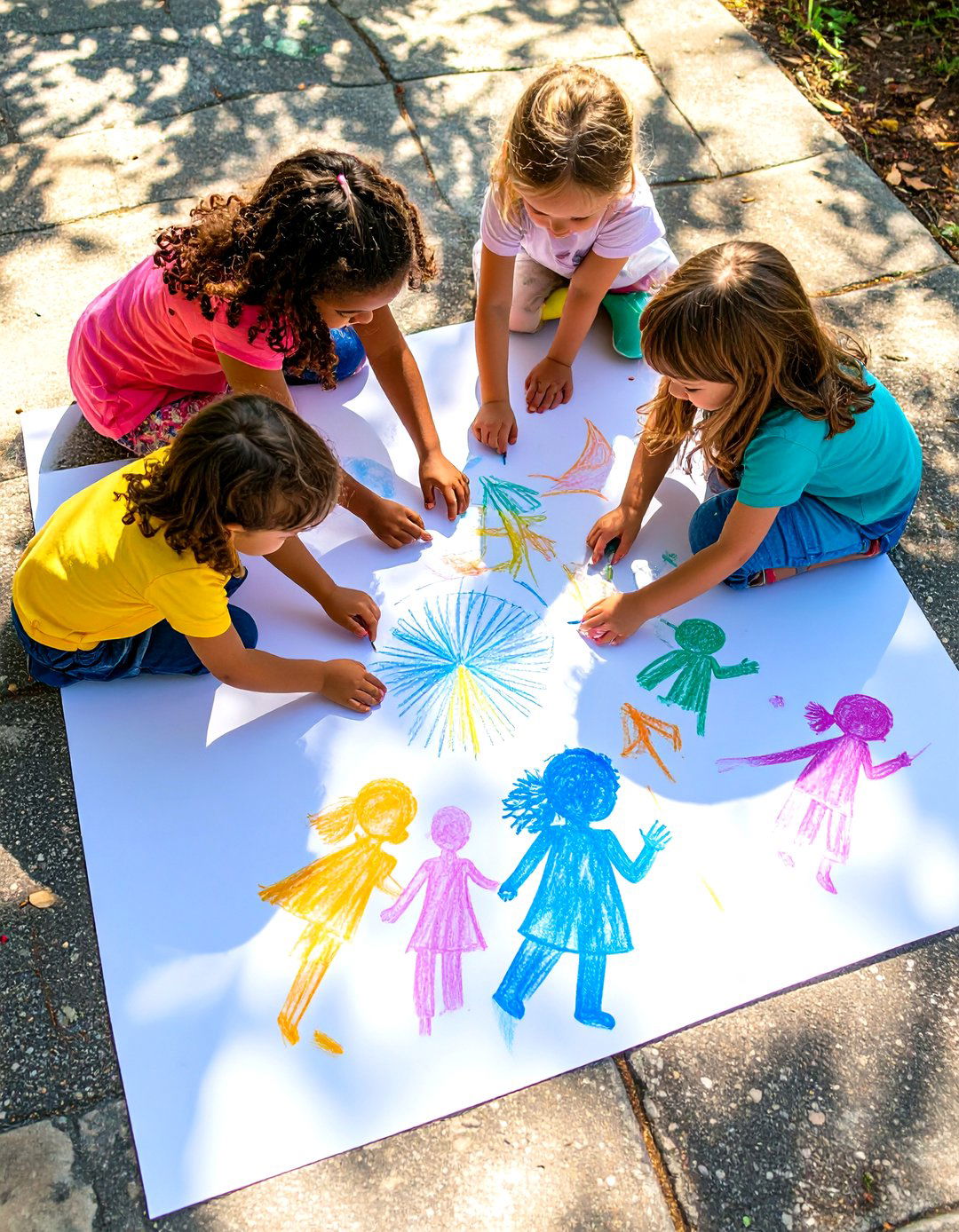
On bright days, a paved spot becomes a canvas for shadow artistry. Provide chalk so children trace outlines of friends, comparing heights or creating imaginary creatures by adding wings and tails. Offer translucent fabric and shape cut-outs to cast coloured silhouettes against white sheets hung on washing lines. Discuss how sun position changes length and direction throughout the day, linking to early physics. Photograph before-and-after tracings to sequence time. This low-cost activity leverages natural light to animate learning in your EYFS outdoor area.
17. Construction-Site Sand Pit
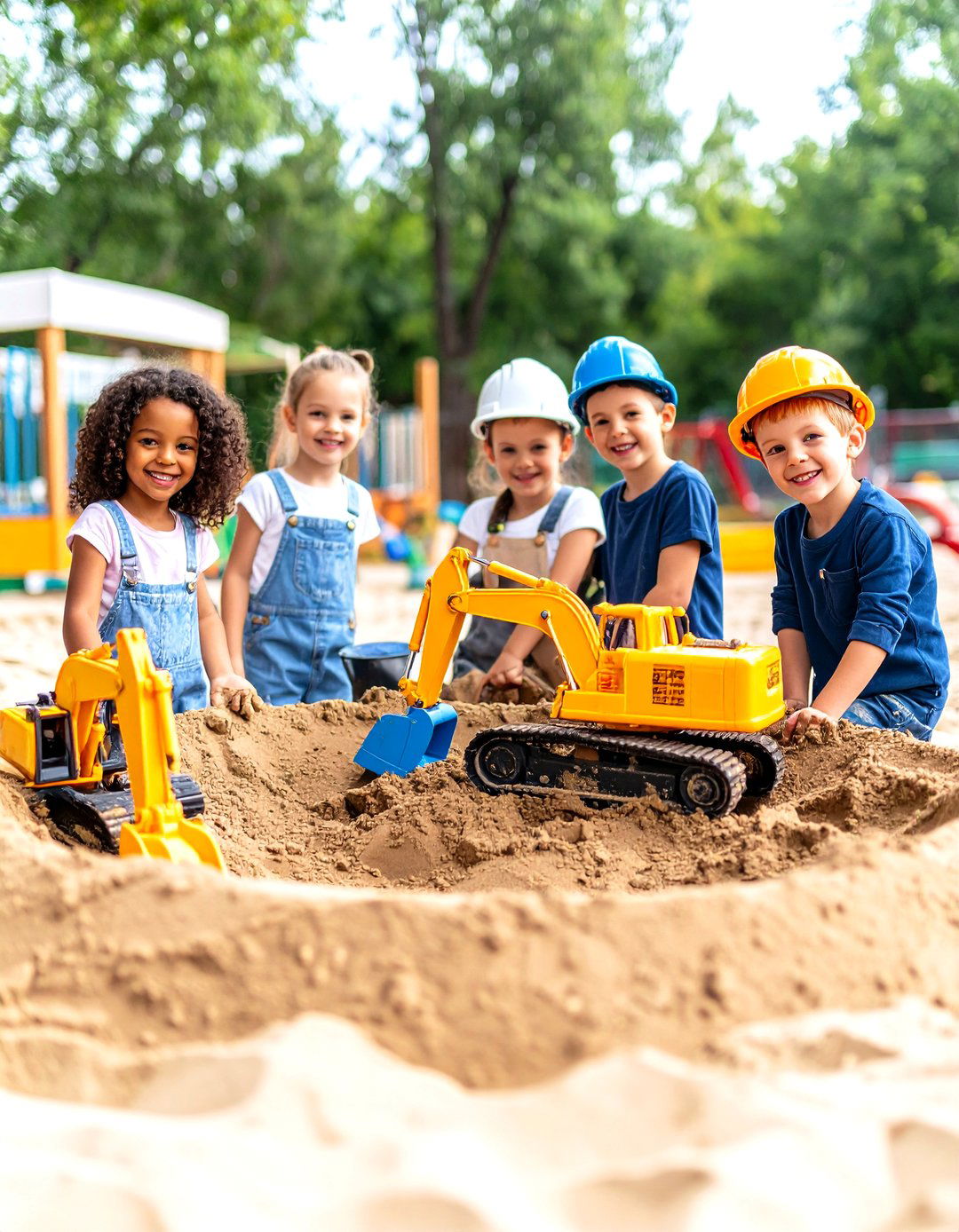
A generous sand pit stocked with mini diggers, PVC drainpipes, buckets, and builder hats turns excavation into rich developmental play. Children design canals, roads, or building foundations, investigating force as they push or tip loads. Introduce water periodically for cement-mix and erosion experiments, discussing texture changes. Post pictorial safety rules encouraging teamwork and care with tools. The tactile nature of sand in an outdoor area supports fine-motor refinement, language describing properties, and imaginative role play, making it a perennial EYFS favourite.
18. Nature-Inspired Maths Hunt
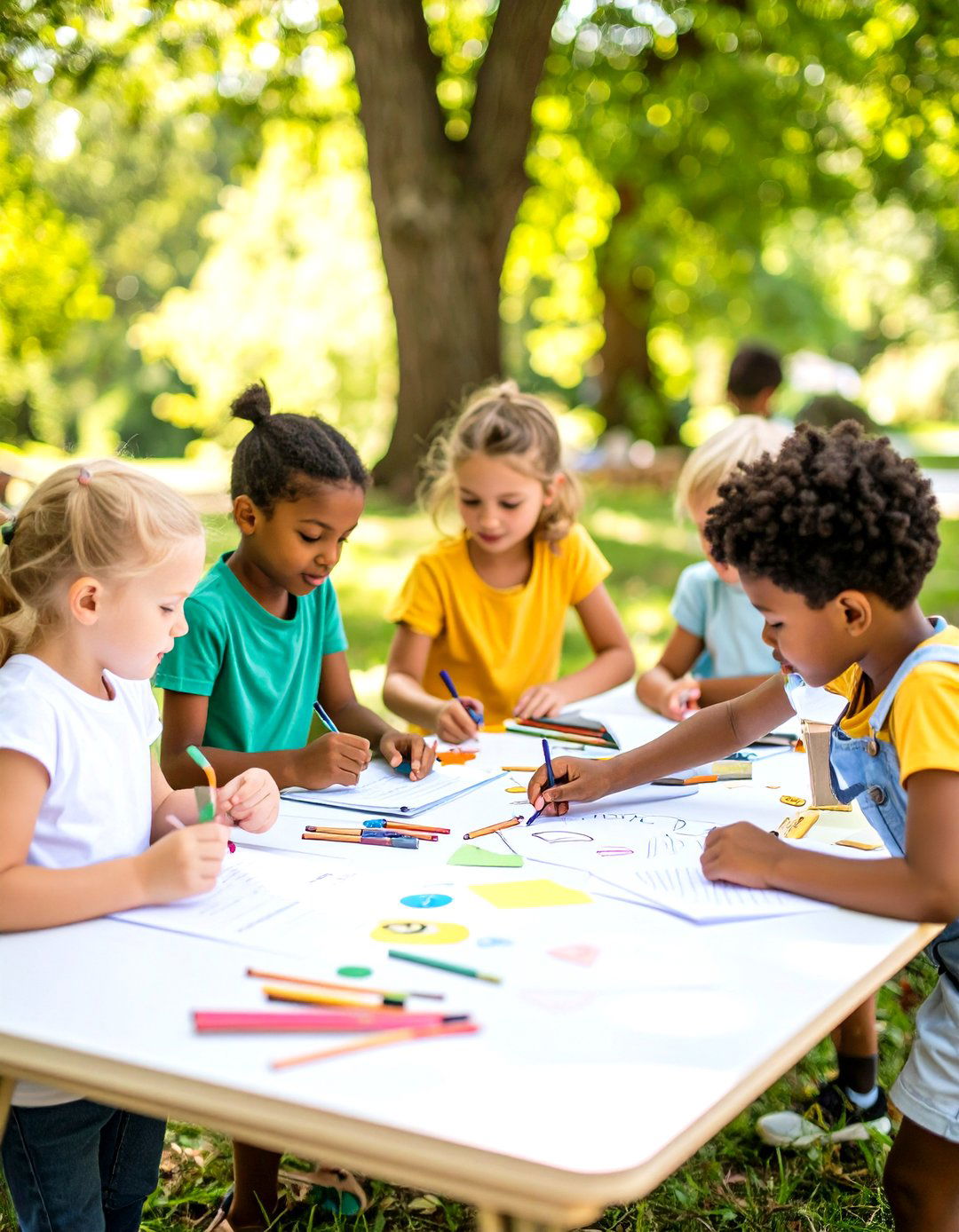
Hide numerals, shape cards, or counting sticks among trees and planters, then equip children with clipboards and checklists. They embark on a maths treasure hunt, locating and recording finds. Challenge them to group objects into sets of five or identify natural shapes like triangles in leaf outlines. Vary difficulty by adding simple addition clues (“Look for 2 and 3 hiding together”) or measuring tasks (“Find a branch longer than your arm”). By merging numeracy with physical exploration, the EYFS outdoor area showcases maths as an adventurous quest rather than desk work.
19. Calm Corner Mindfulness Garden
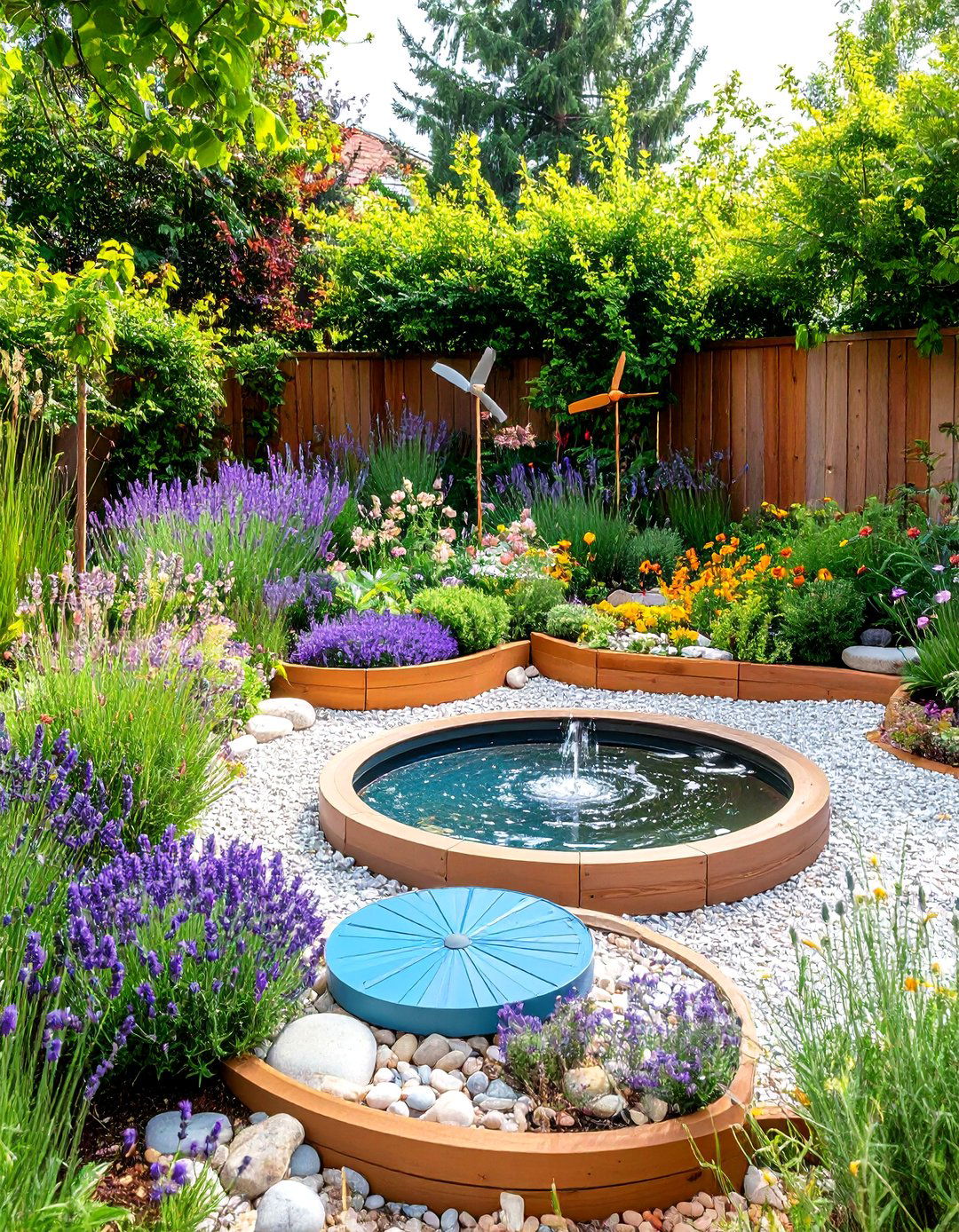
Sometimes busy brains need quiet. A leafy nook with wind spinners, lavender planters, and smooth pebbles provides a mindfulness haven. Laminated breathing prompts — blow a feather, trace a spiral — guide self-regulation. A small water feature adds soothing sound, while a feelings wheel helps children label emotions. Incorporating this calm space into the outdoor area equips EYFS learners with strategies for managing stress, fostering resilience that benefits social interactions and future academic tasks.
20. Recycled Art and Craft Station
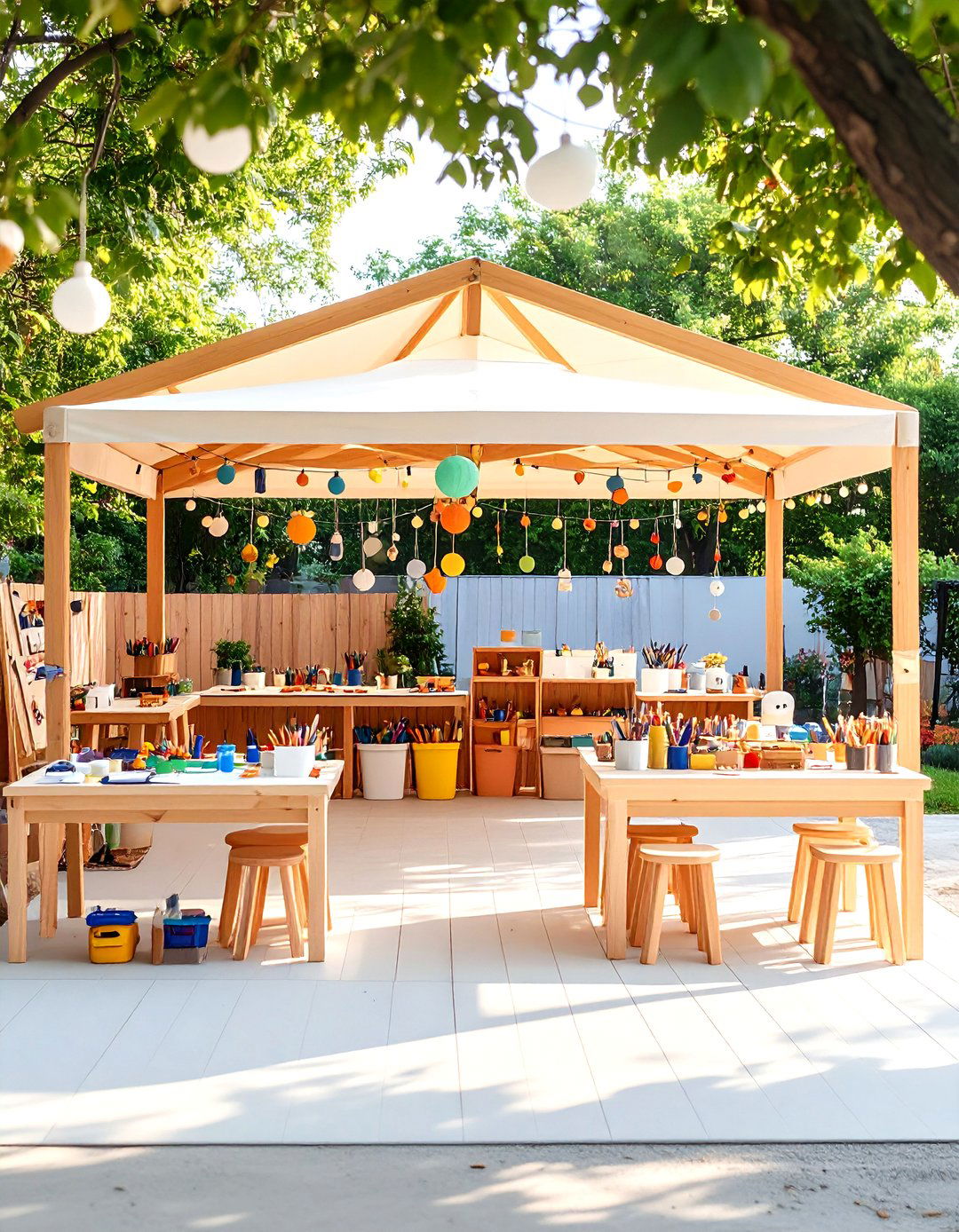
Under a sheltered canopy, sort clean recyclables — cardboard tubes, bottle caps, fabric scraps — into labeled bins. Supply child-safe scissors, glue, and hole punches so creators craft mobiles, robots, or collages inspired by nature observations. Display finished pieces on a “gallery fence” to celebrate innovation. Discuss sustainability and why reusing materials matters for the planet, weaving environmental stewardship into art. The station demonstrates that the outdoor area can be both a workshop and a message board for ecological values.
21. Exploration Tuff-Tray Science Lab
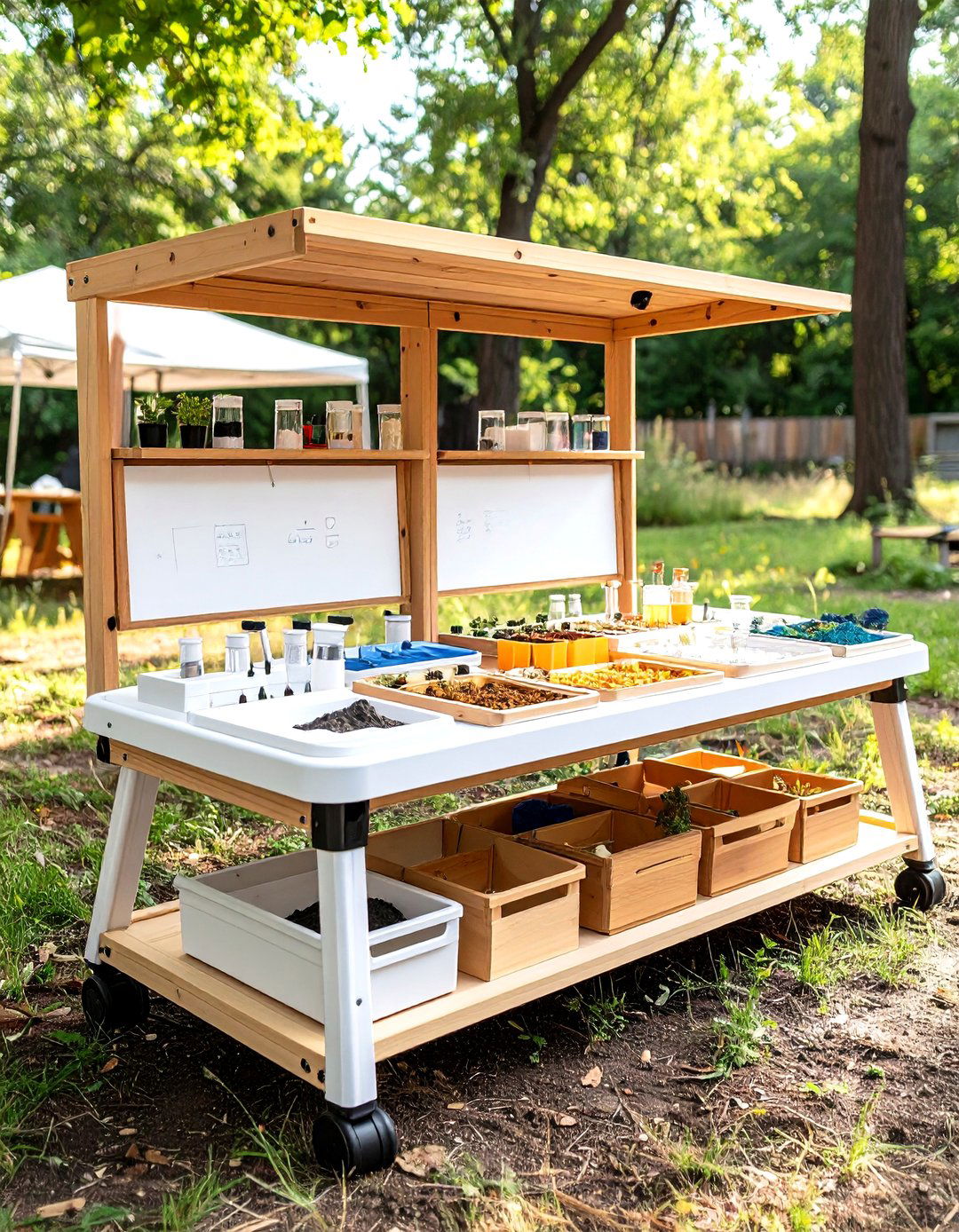
Set a tuff-tray on adjustable legs and rotate themed investigations: magnetic fishing, Arctic sensory snow, volcanic eruptions with baking soda, and more. Position laminated question prompts — “What happens if…? ” — to spark hypothesizing. Encourage children to draw predictions on mini whiteboards before testing. The portability of a tuff-tray lets you move the science lab anywhere in the EYFS outdoor area, making messy experiments manageable while embedding early enquiry skills.
22. Literacy-Rich Scavenger Walk
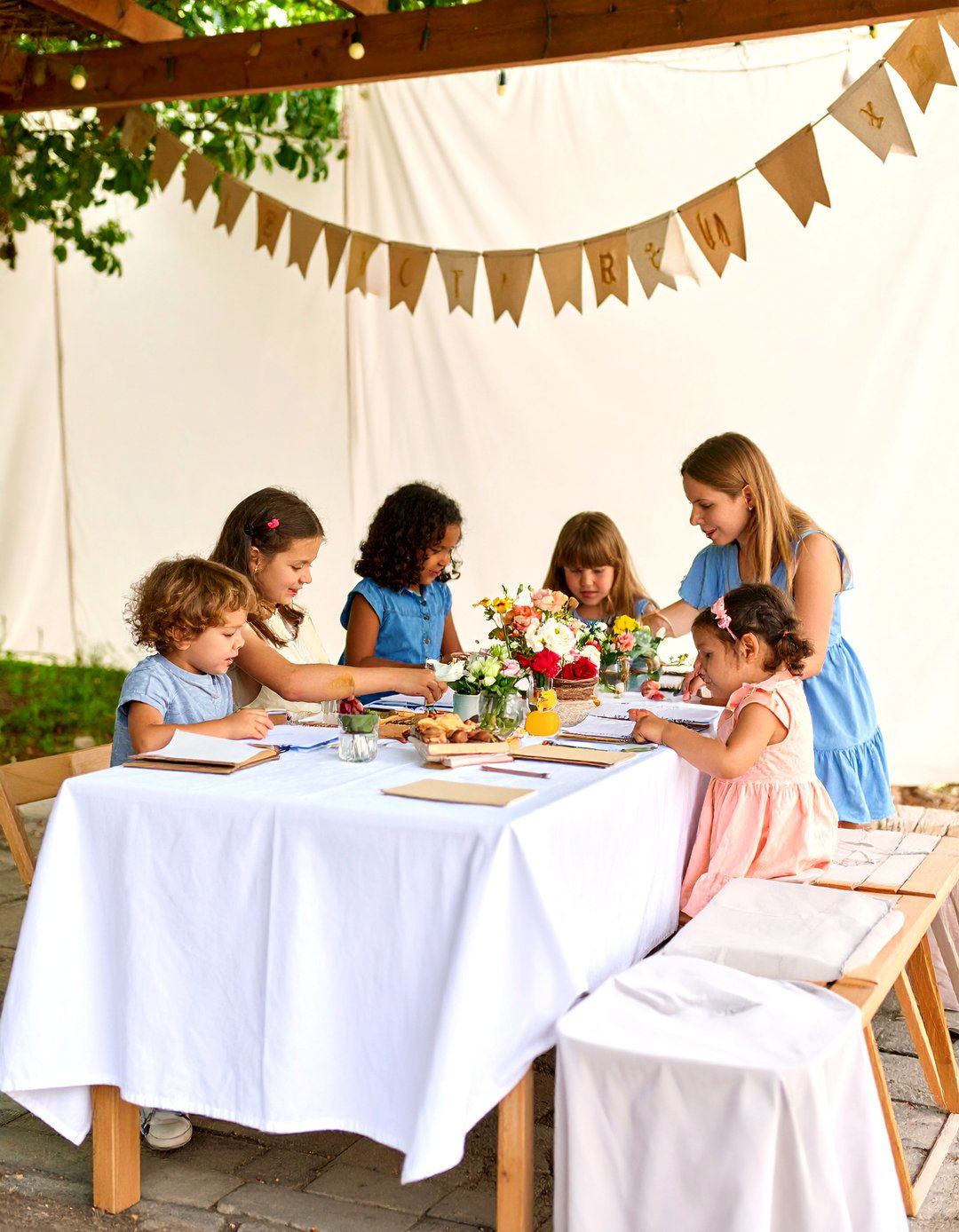
Create picture-and-word cards listing items around the outdoor area — “yellow leaf, ” “smooth stone, ” “twittering bird. ” Equip pairs with clipboards to tick off finds, promoting vocabulary expansion and phonemic awareness. Challenge advanced learners to write adjectives describing each object. Back inside, compile a class book using photos and children’s captions, reinforcing reading-writing connections. This active literacy approach ensures that words are anchored in real-world experiences rather than isolated flashcards.
23. DIY Climbing Wall on Fencing
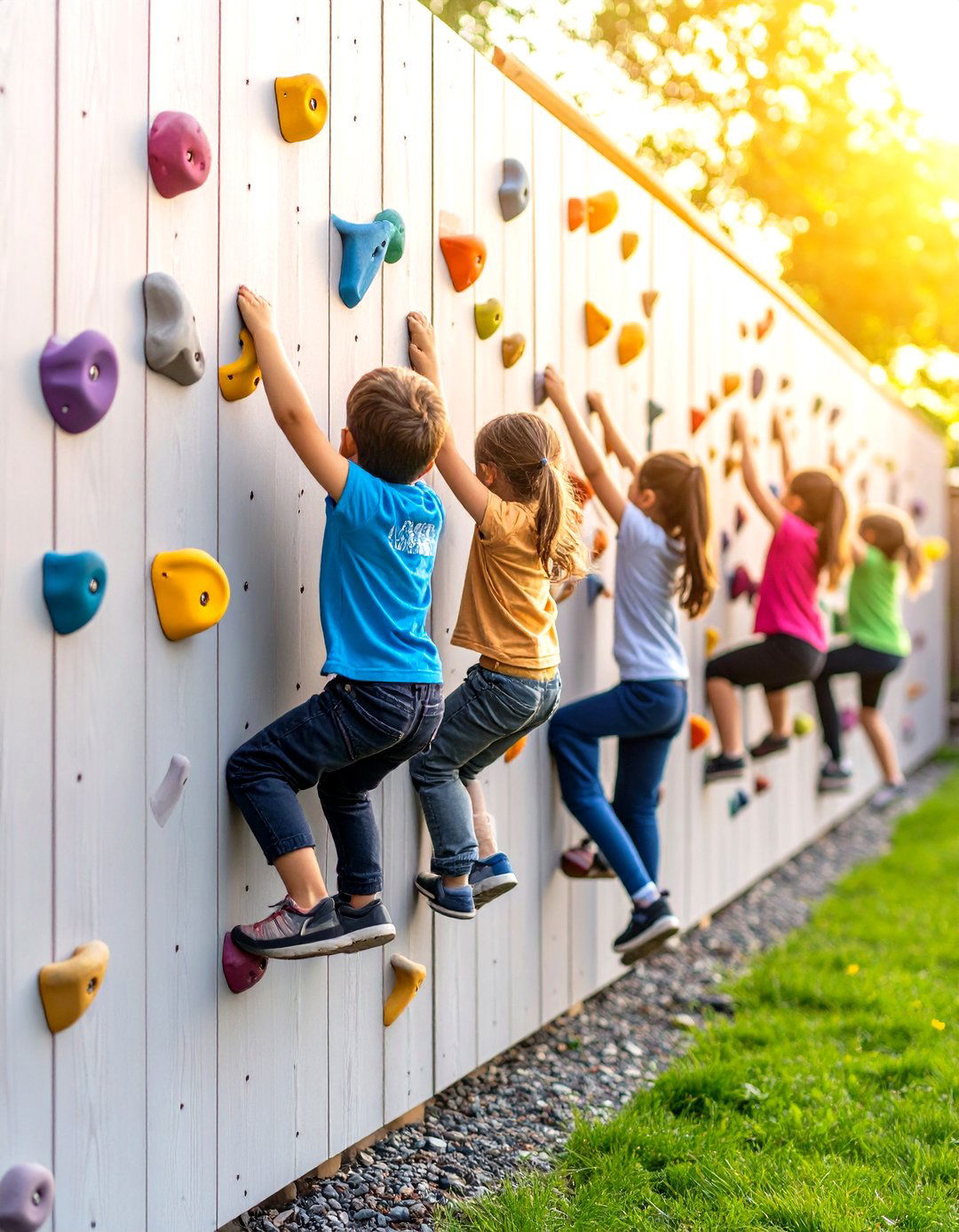
Install low climbing holds across a sturdy fence, limiting height for safety while promoting upper-body strength. Paint numbered or lettered footholds so children follow specific routes — “climb from A to F, ” combining physical challenge with phonics or numeral sequencing. Provide spotter mats and teach safe descent. Regular practice enhances coordination, confidence, and risk assessment. A mini climbing wall leverages vertical space in the outdoor area, adding dynamic movement options without large footprint equipment.
24. Herb and Taste Discovery Bed
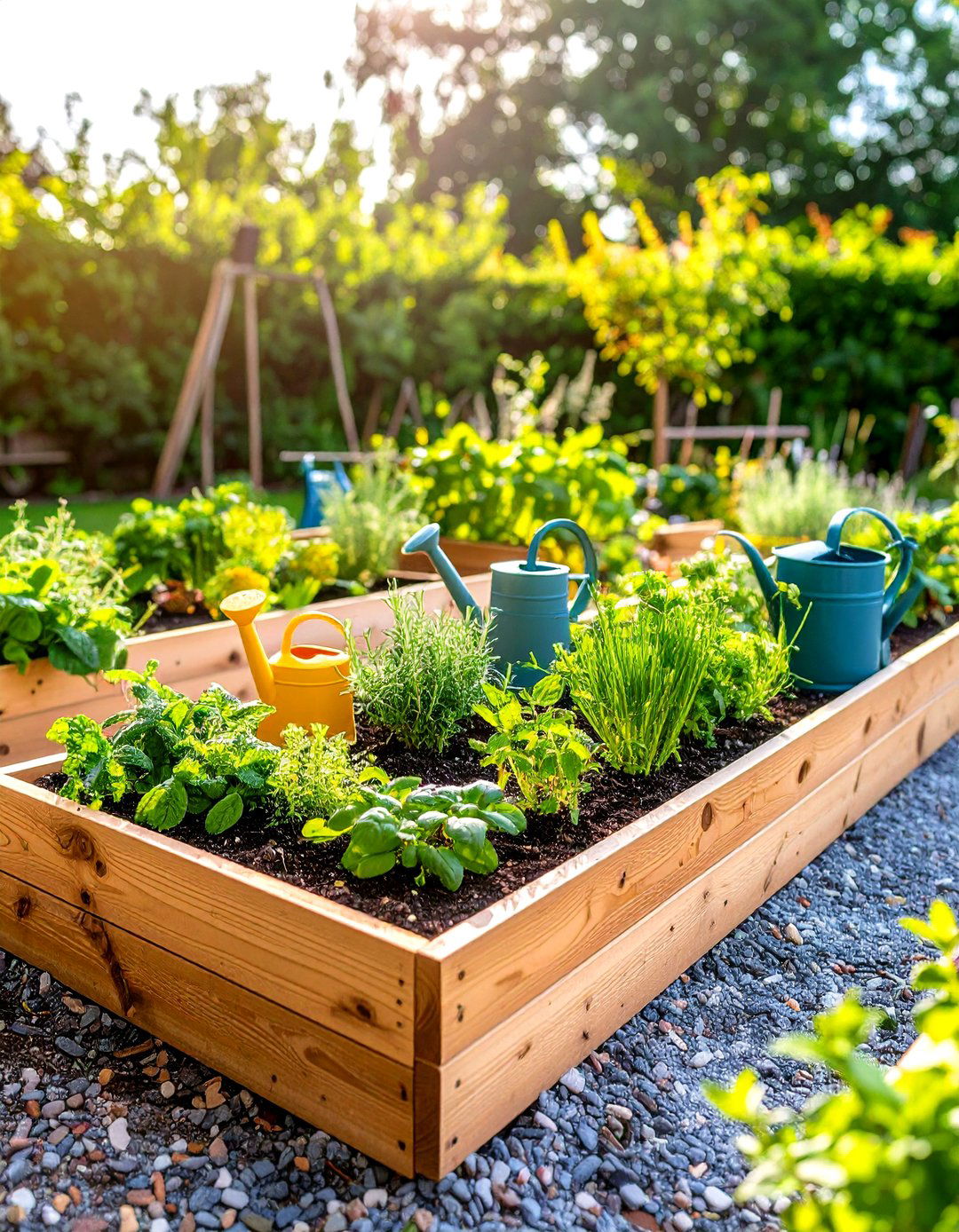
Border a raised planter with rosemary, mint, lemon balm, and chives. Children rub leaves gently, inhaling scents and describing aromas with sensory vocabulary. Encourage tasting small sprigs during cooking sessions or snack time, linking garden to table. Provide magnifying glasses to observe leaf veins, comparing textures. Seasonal maintenance — watering, trimming — instils responsibility. This edible garden area enriches the EYFS outdoor environment with multisensory stimuli and lessons in plant care, nutrition, and descriptive language.
25. Night-Sky Projection Experience
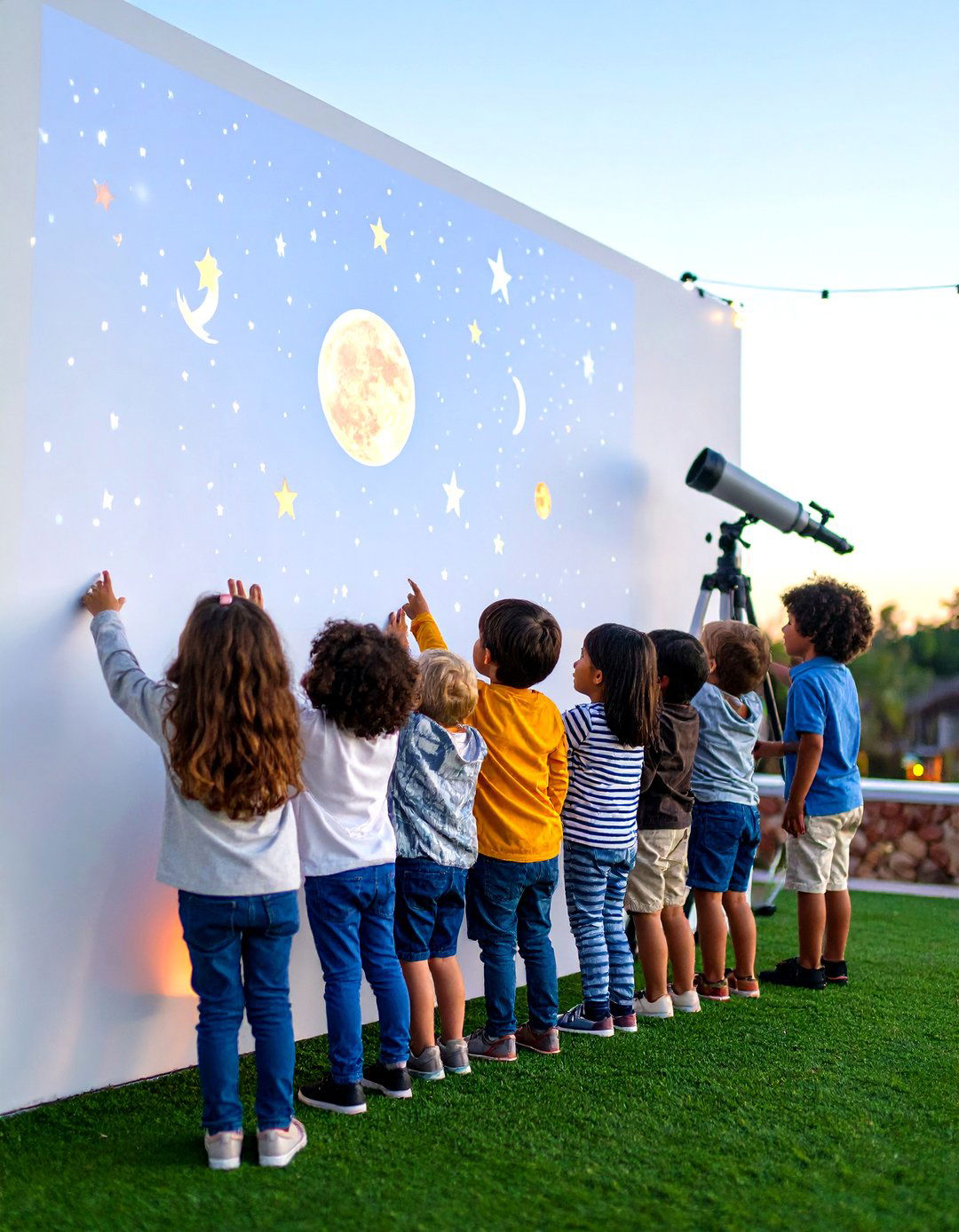
When daylight fades in winter months, bring wonder outdoors by projecting star constellations or planet images onto a white wall or sailcloth. Supply cardboard telescopes and glow sticks, narrating simple myths behind Orion or the Big Dipper. Track moon phases with a weatherproof velcro board children update weekly. Even short twilight sessions enliven scientific curiosity, showing that the EYFS outdoor area remains a classroom after sunset, brimming with cosmic stories that connect our planet to a vast universe.
Conclusion:
Transforming an EYFS outdoor area needn’t demand huge budgets or permanent fixtures; it calls for imagination, purposeful planning, and a keen ear for children’s interests. From mud-kitchen gastronomy to constellation projections, each idea here intertwines play, learning, and well-being, ensuring every scooped seed, balanced beam, or whispered story sparks holistic growth. Embrace changeable weather, rotate resources, and invite young voices into decision-making. When daylight, breeze, and birdsong become teaching partners, you craft a learning landscape where curiosity flourishes — and where every child discovers their place in the wider world, one joyful step outside at a time.


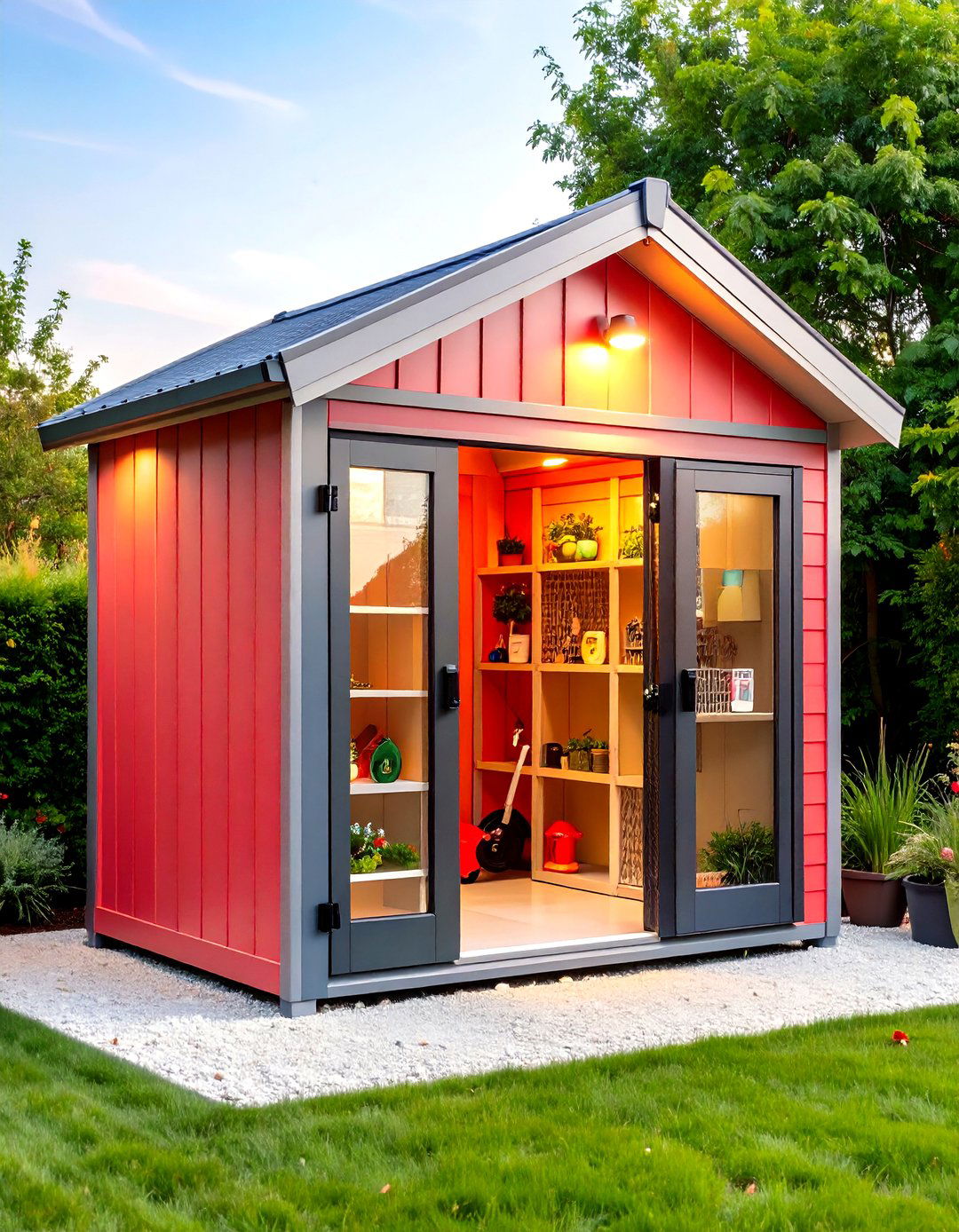
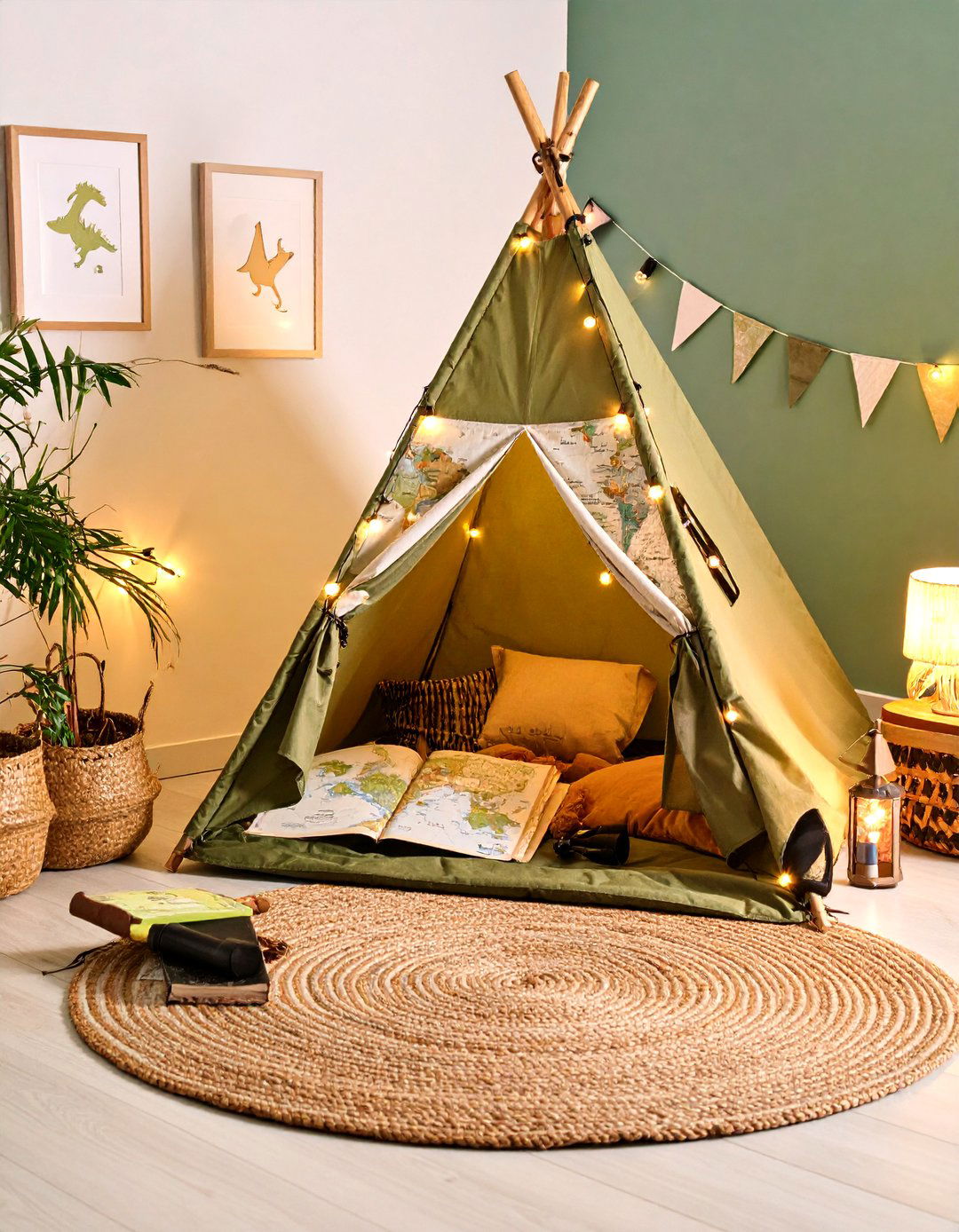
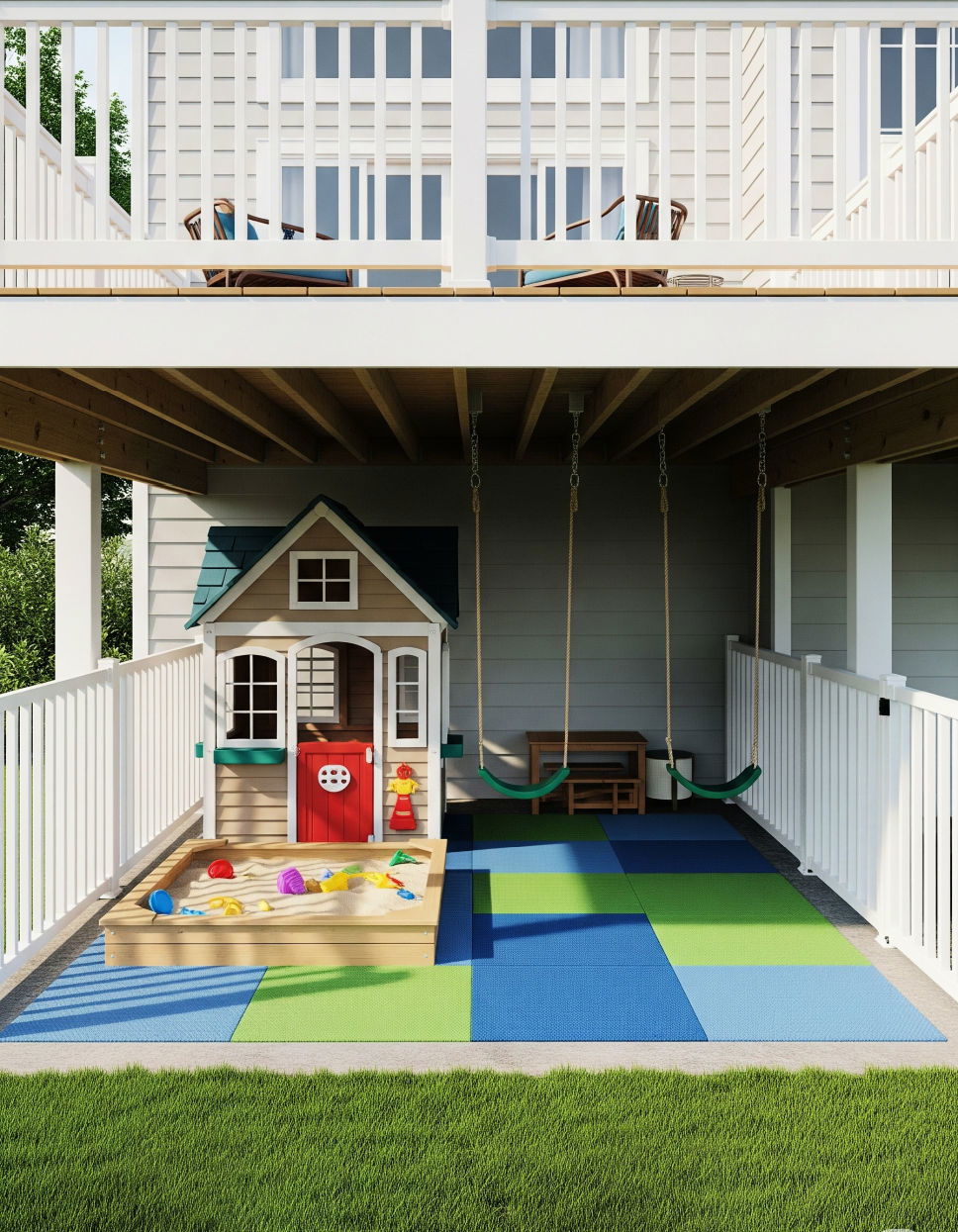
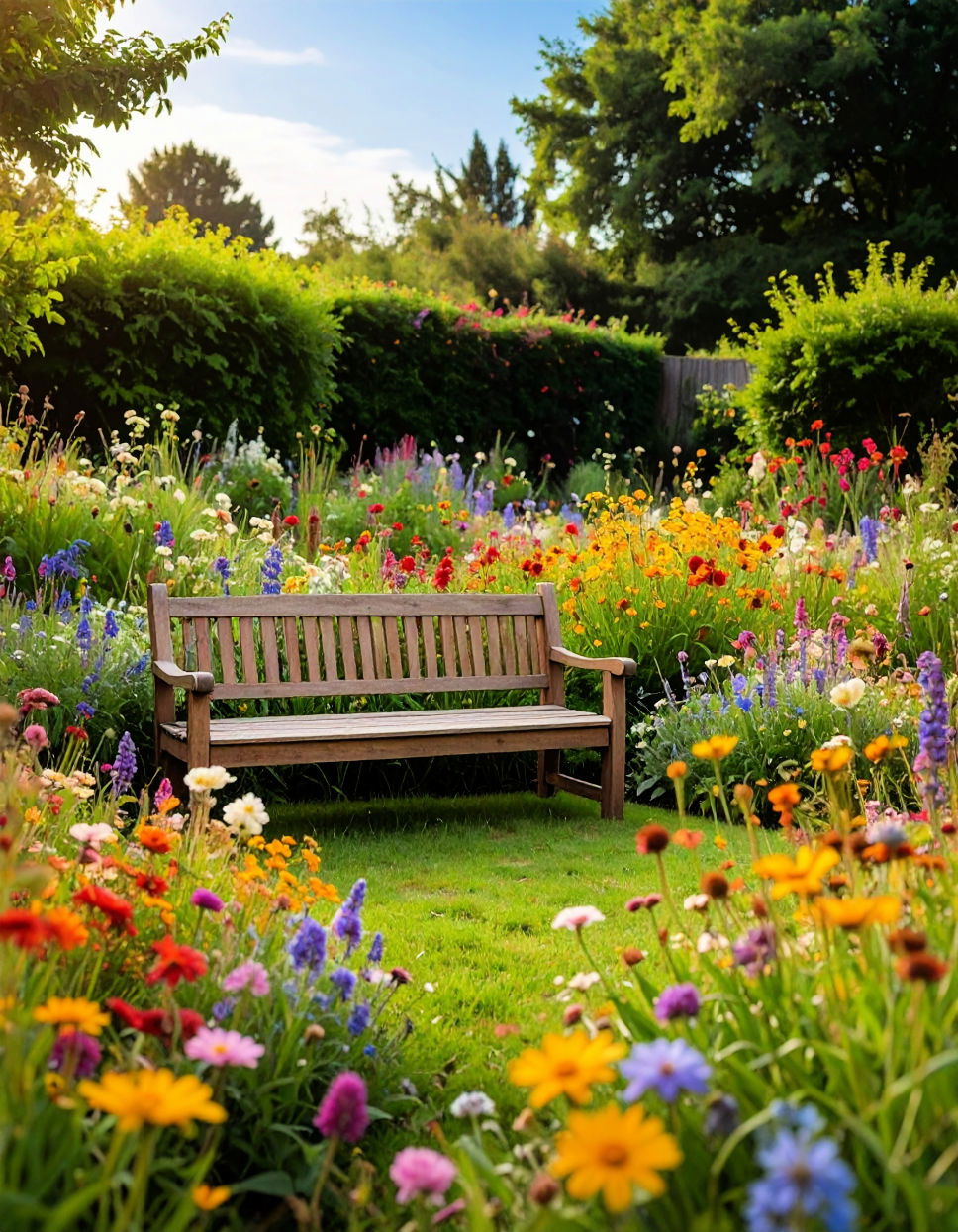



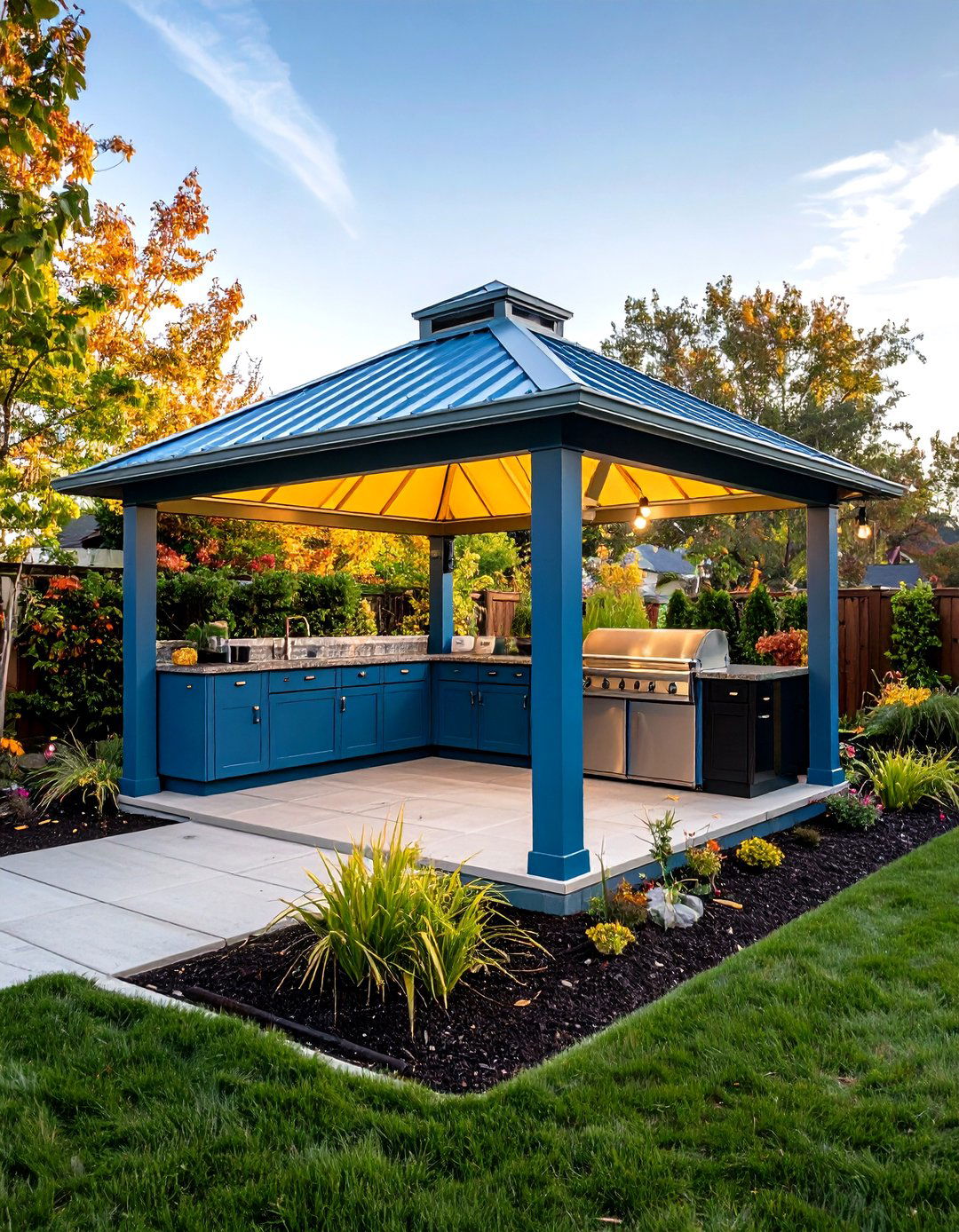
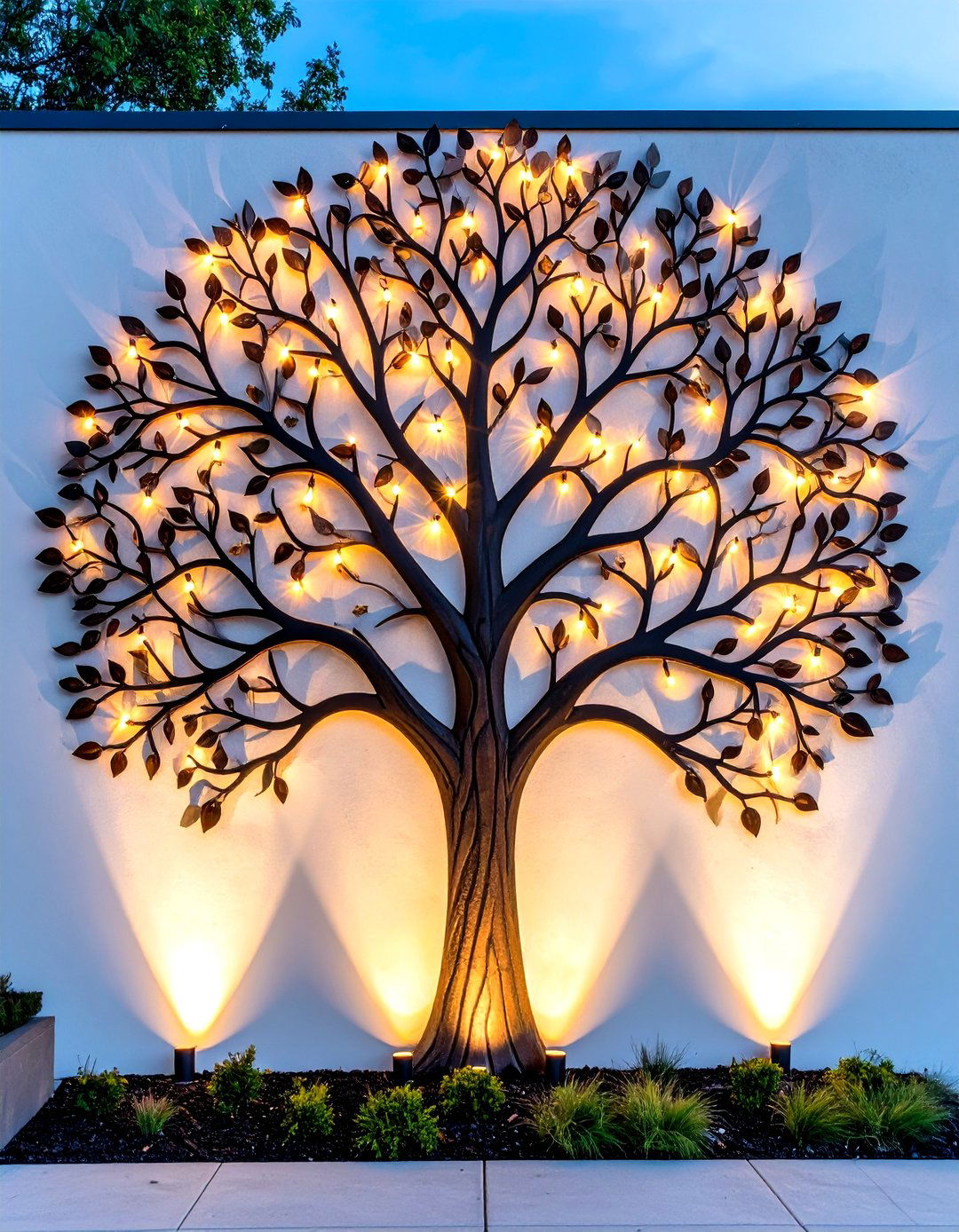

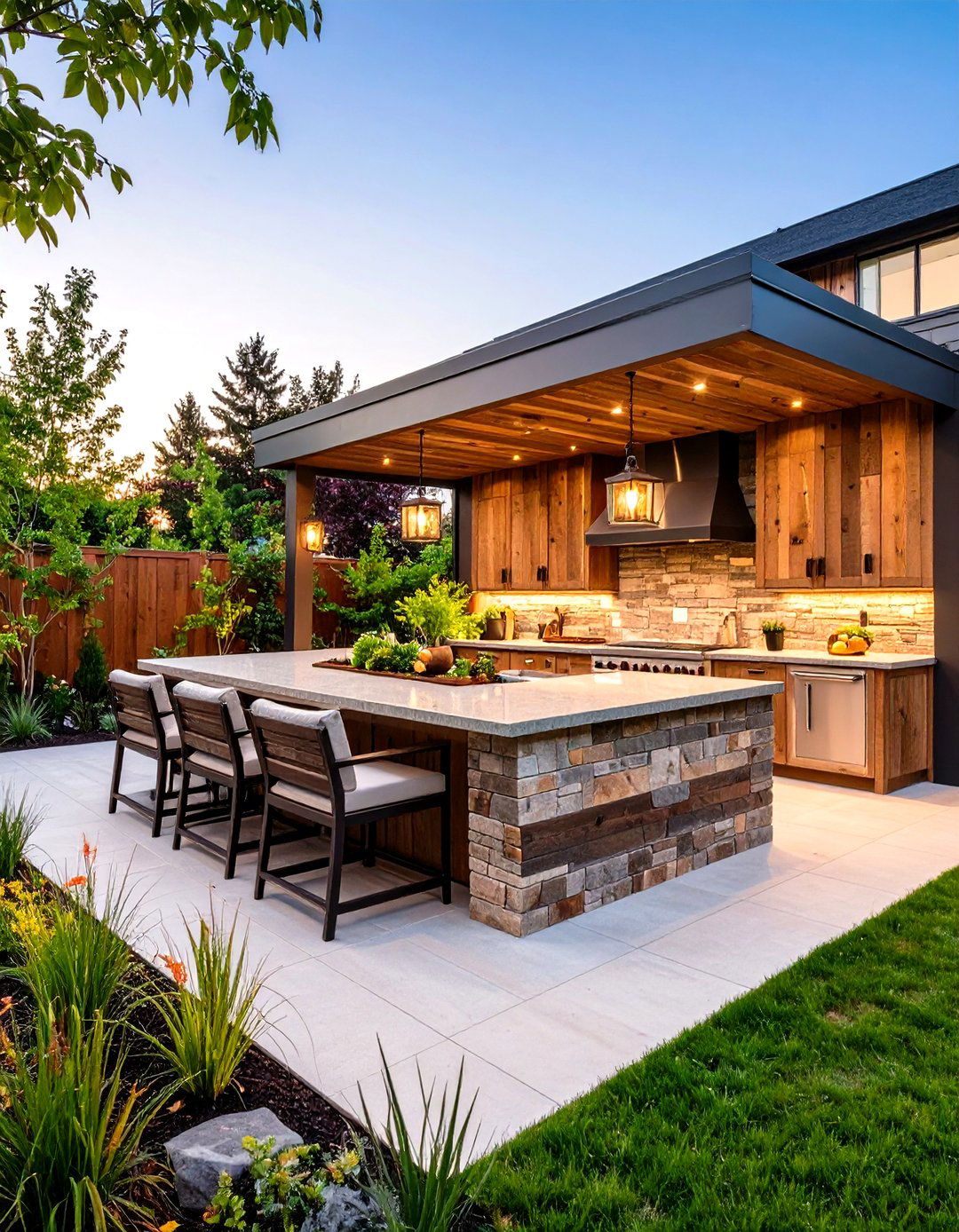
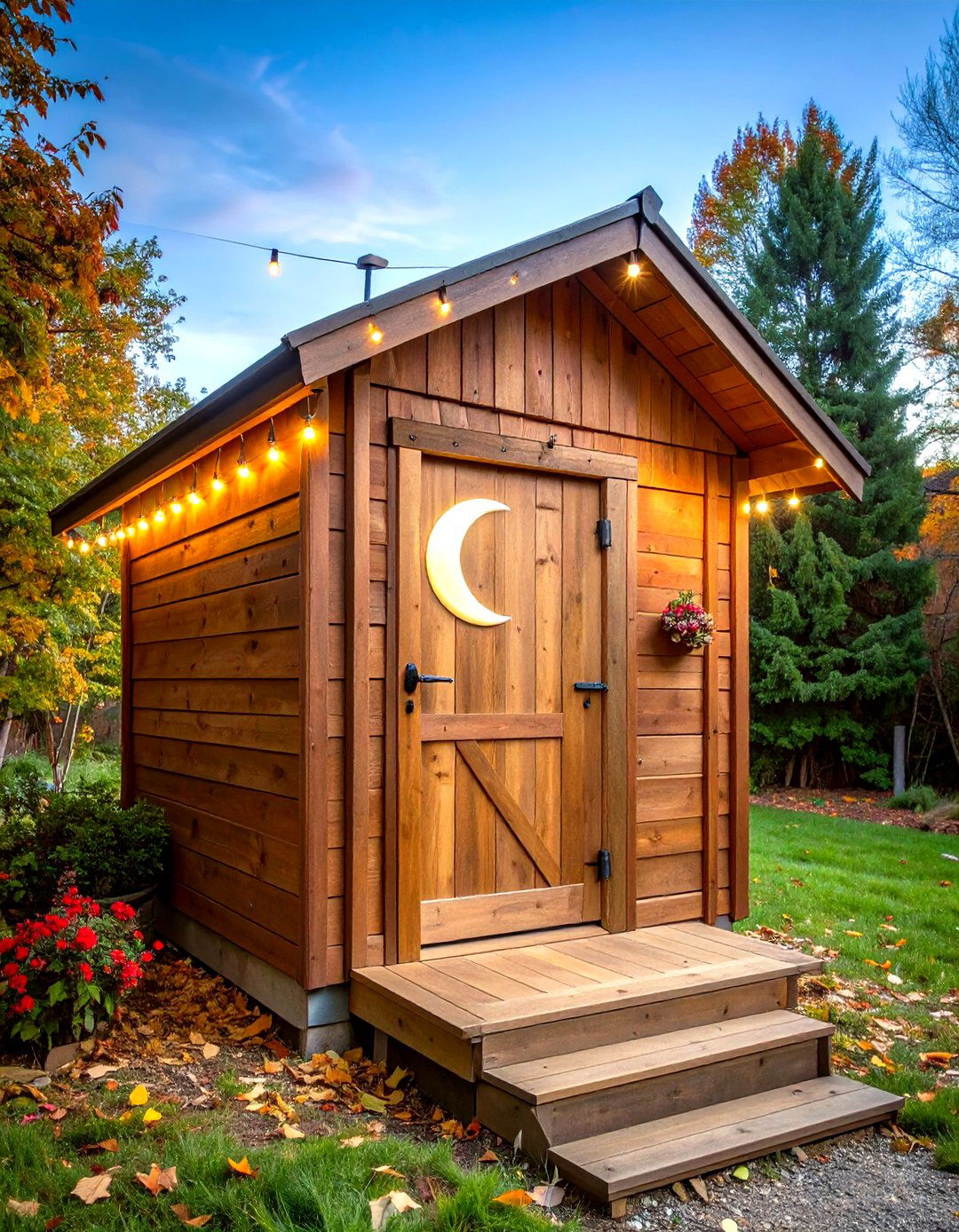

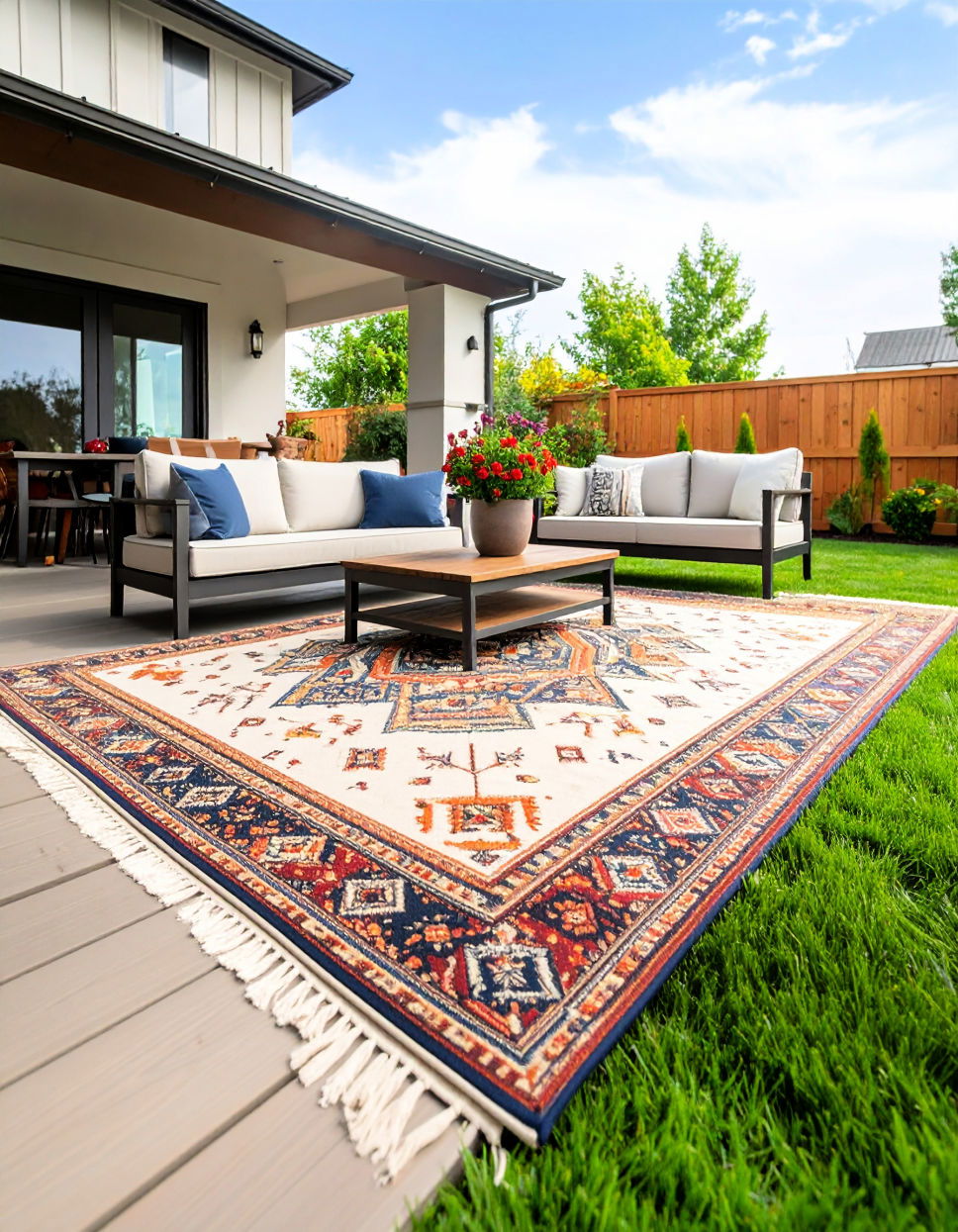
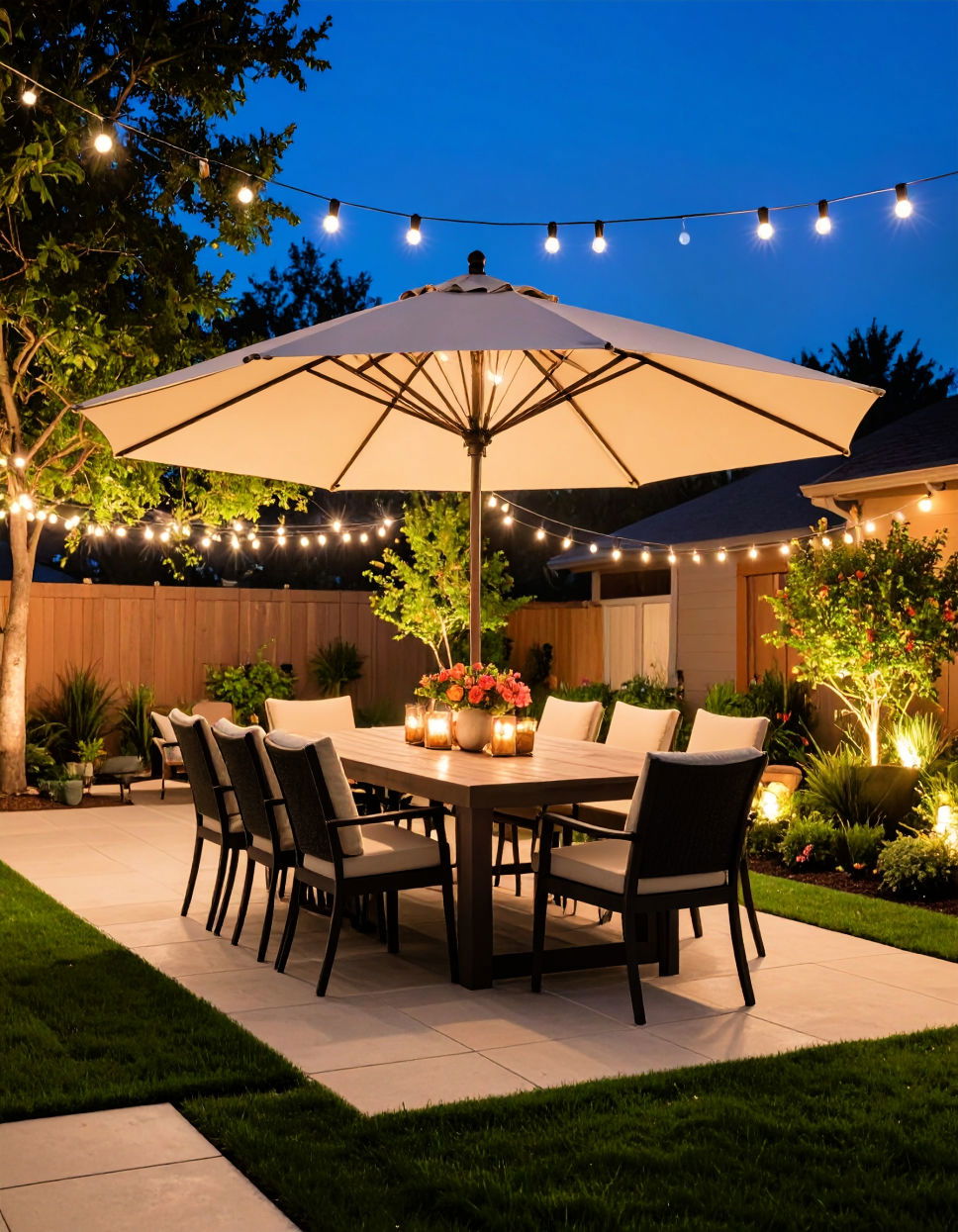
Leave a Reply